|
|

(c. 2650 -2180 BC) |
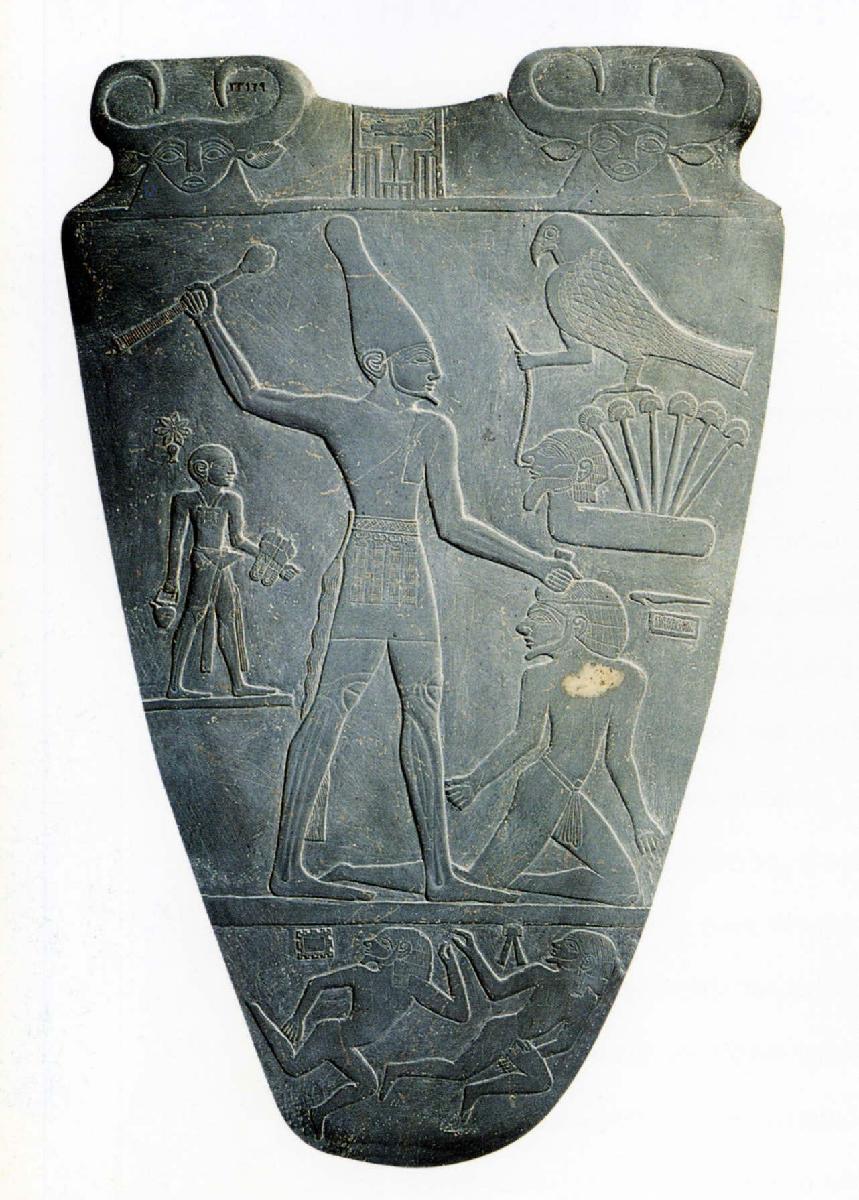
Palette of Narmer (King of
Upper Egypt): Triumph of the Peoples of the Delta
1st Dynasty (c. 3100-2800
BC) shale
Cairo, Egyptian Museum
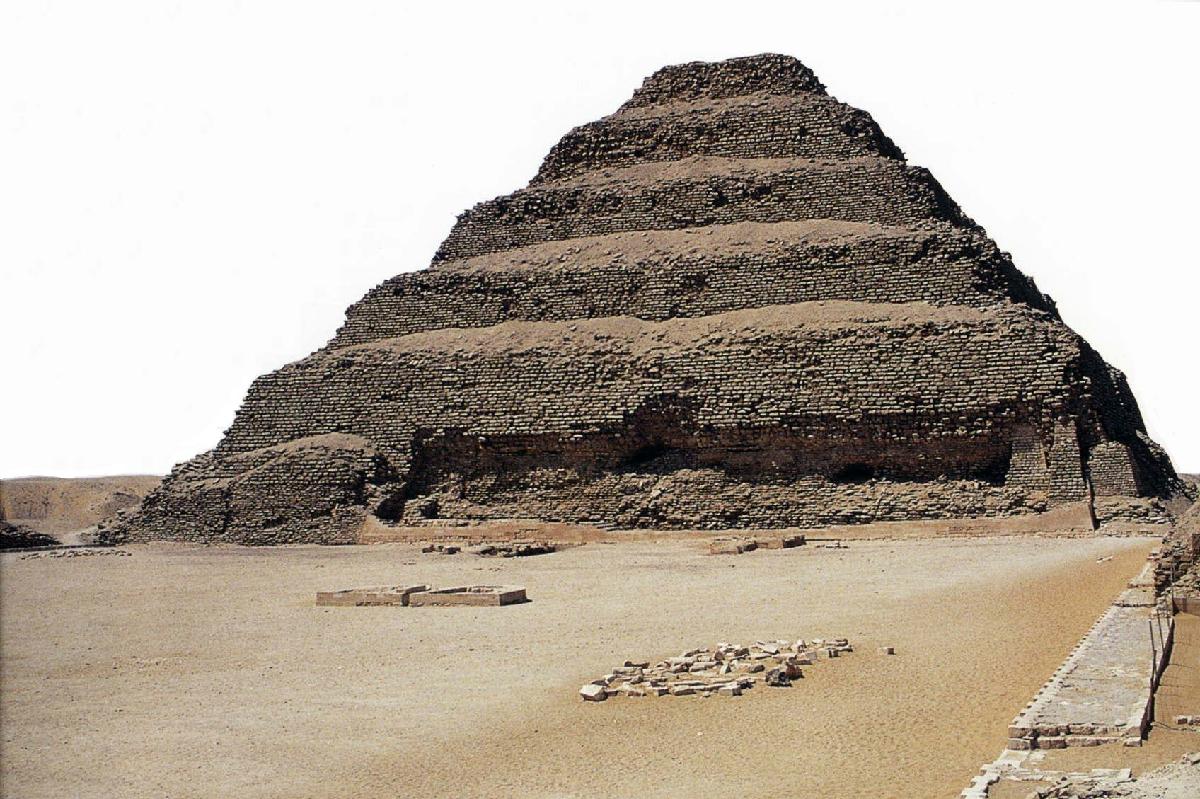
Pyramid of Djoser, Saqqarah – 3rd Dynasty (c. 2660 BC)
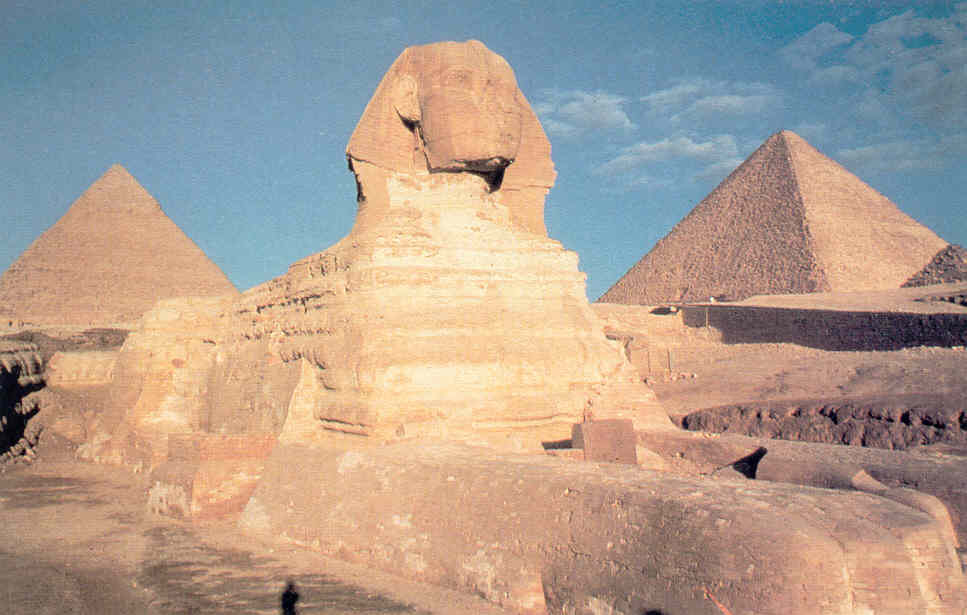
The Great Sphinx and two
of the three great pyramids of Giza
(just outside Cairo) built
during the Old Kingdom
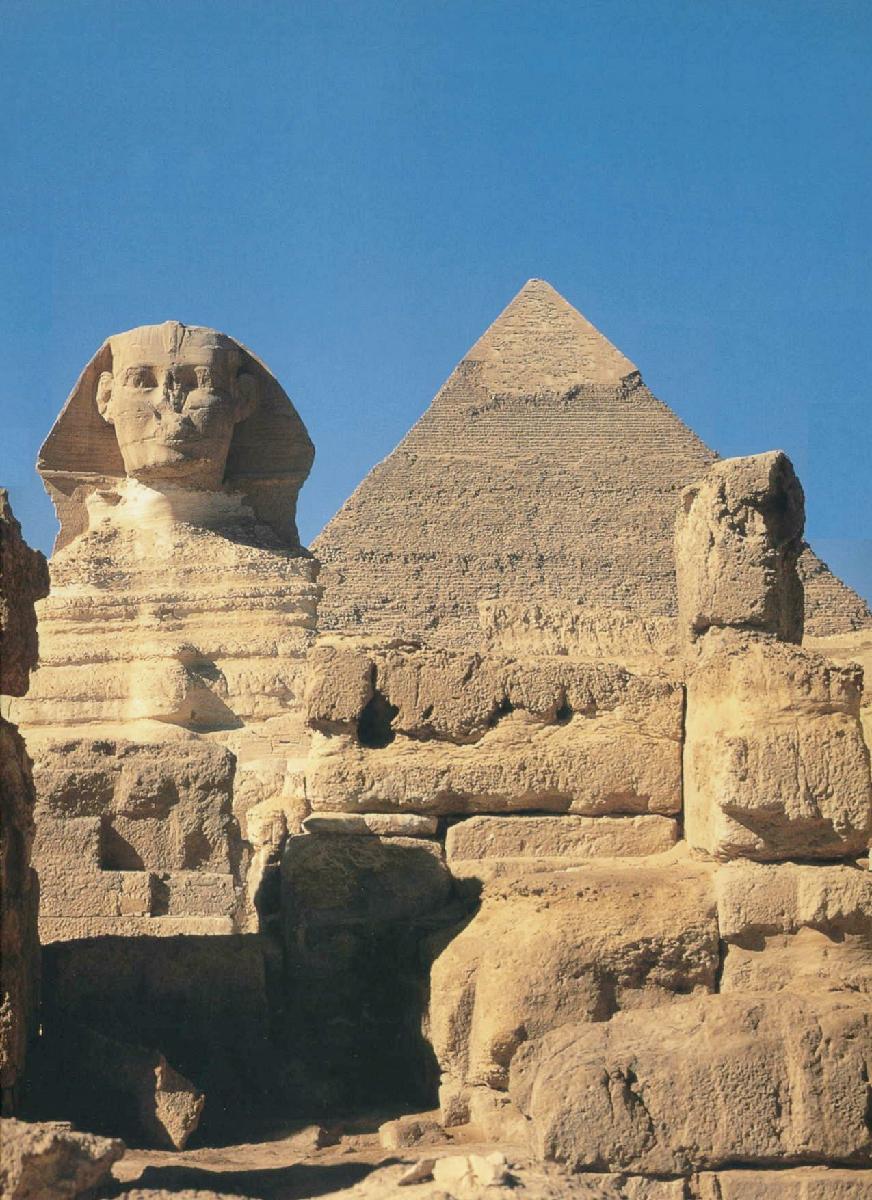
The Sphinx and the Pyramid of Khafre, Giza – 4th Dynasty (c. 2600-2480 BC)
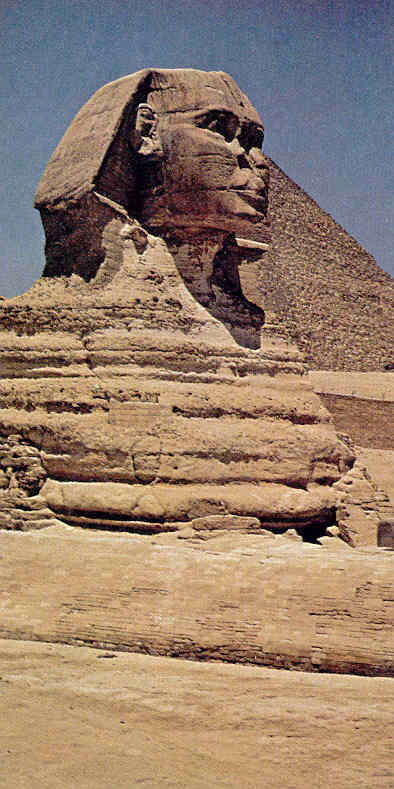
The Great Sphinx near the Great Pyramid at Giza
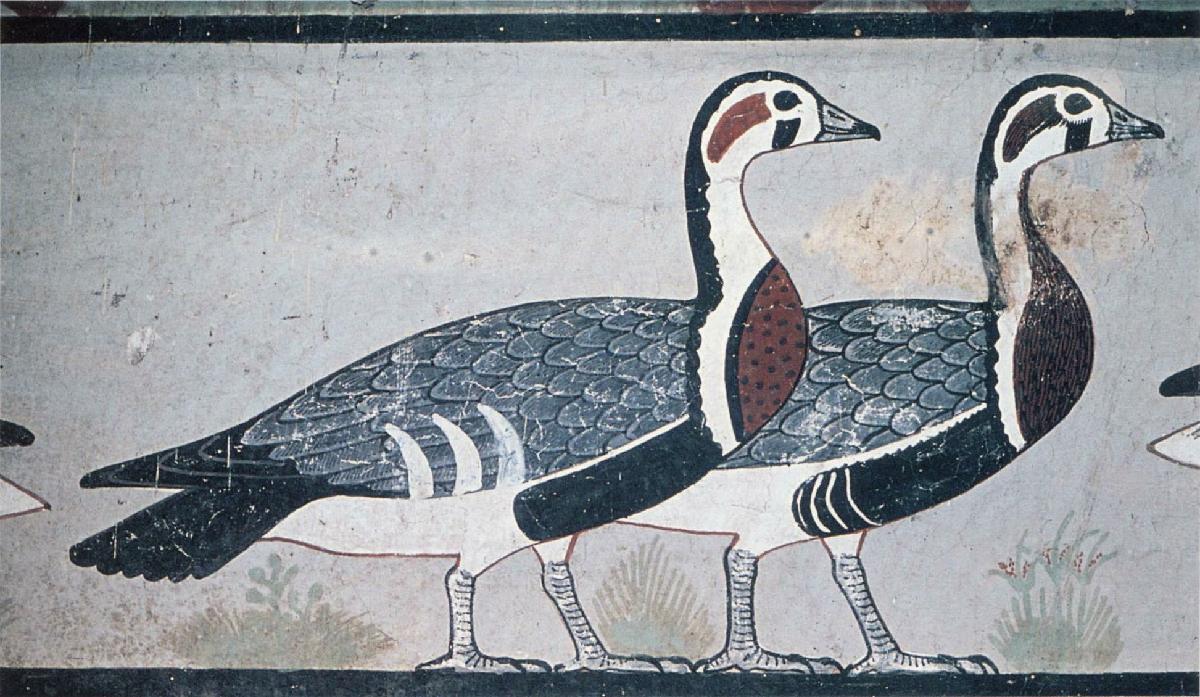
Geese – detail of
a tomb painting from the mastaba tomb of Nefermaat at Medum
(4th Dynasty: c. 2680-2500)
Cairo, Egyptian Museum
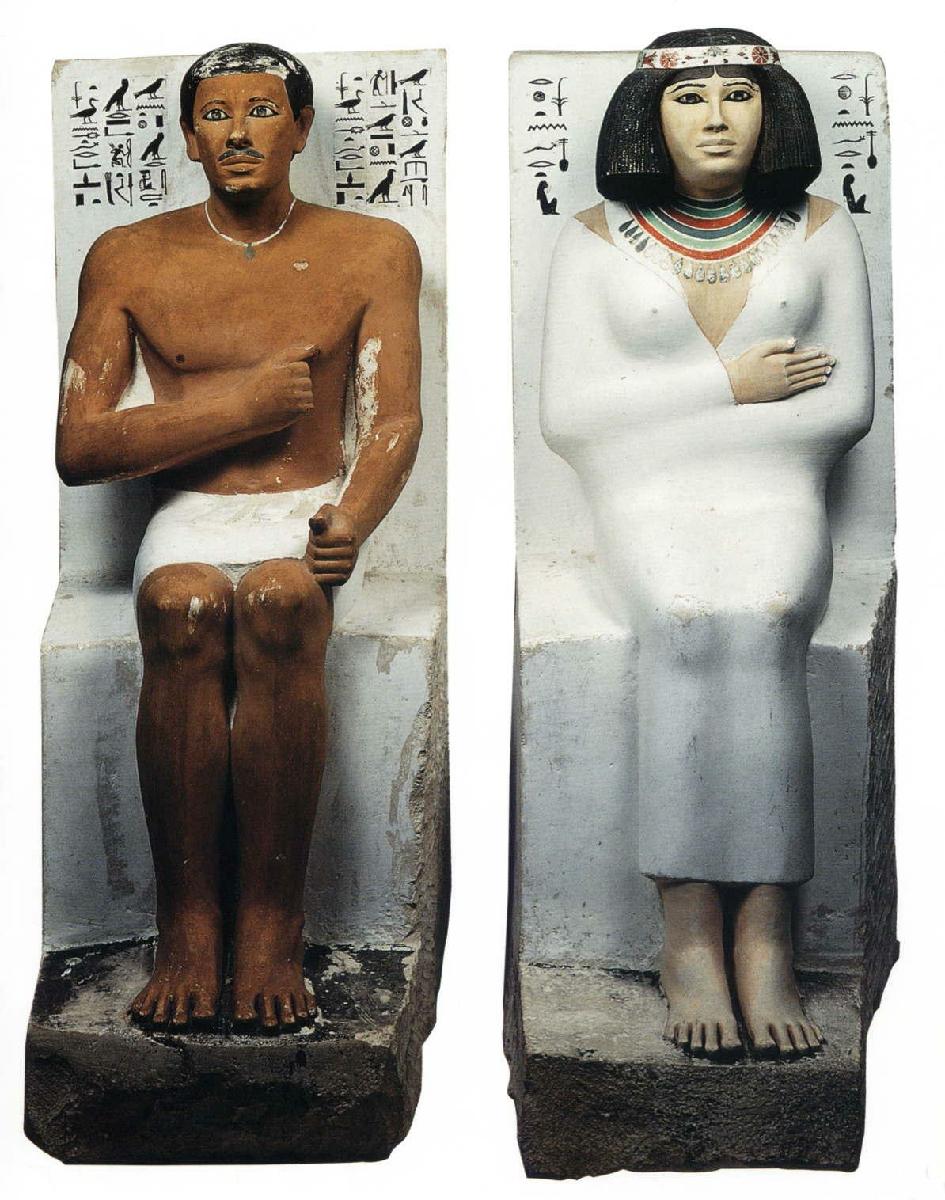
Statues of Rahotep and Nofret
– beginning of the 4th Dynasty (c. 2600 BC) painted limestone
from the mastaba of Rahotep,
Maydum
Cairo, Egyptian Museum
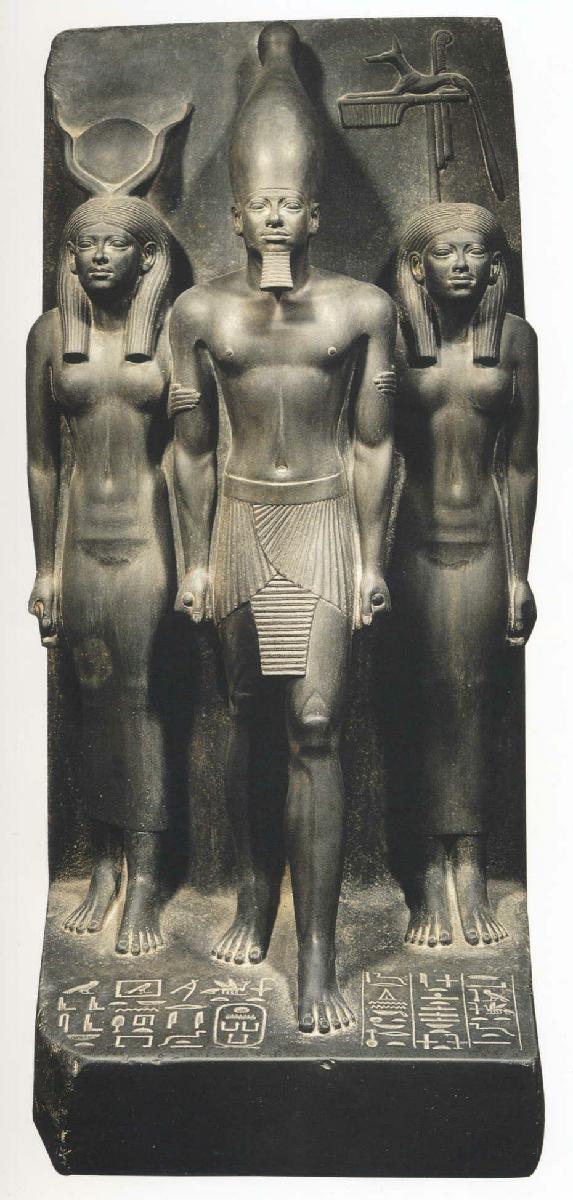
Triad of Menkaure (between
the goddess Hathor and the goddess protecting
the "nome" [district] of
Cynopolis – 4th dynasty (c. 2600-2480 BC)
Cairo, Egyptian Museum
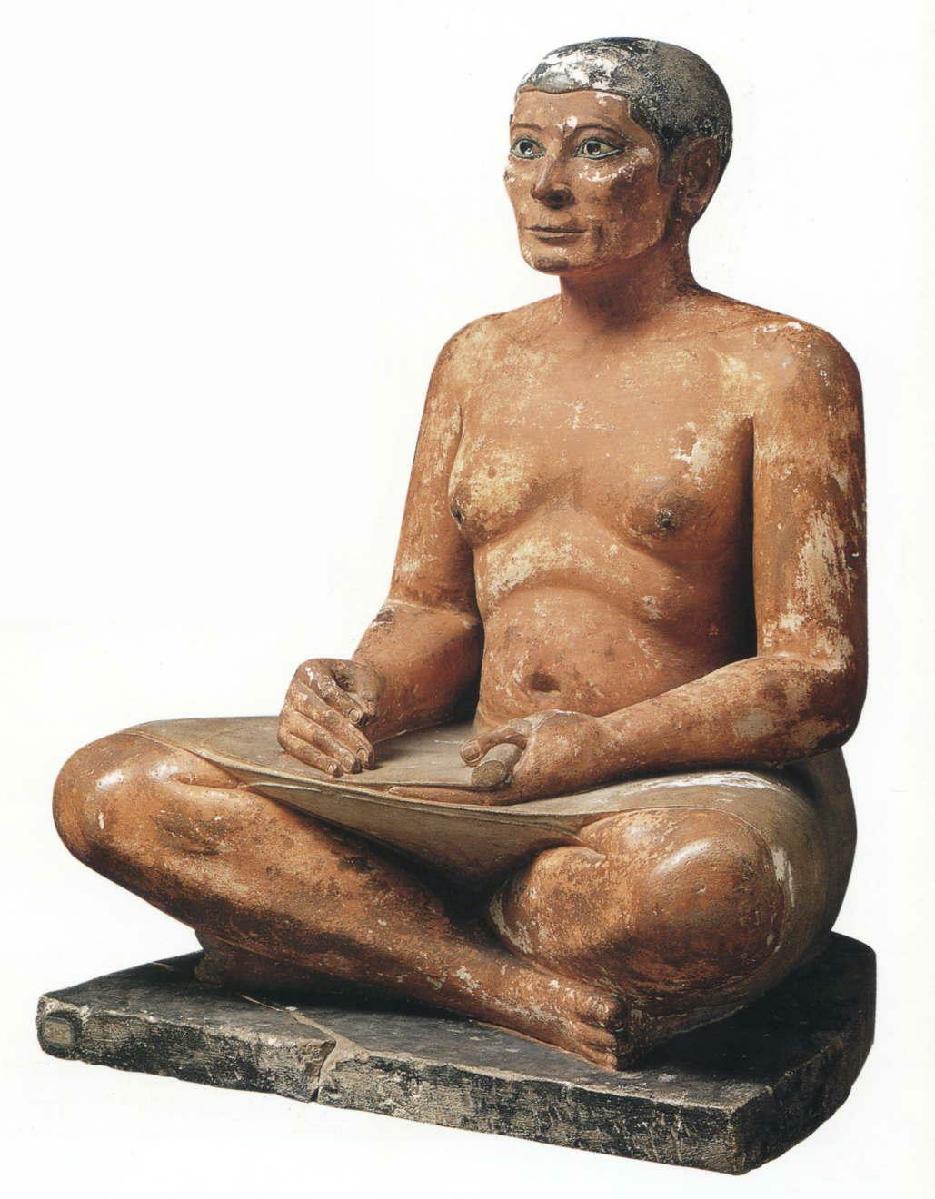
The Seated Scribe – 4th or
5th Dynasty (2600-2350 BC) painted limestone
from Saqqarah
Paris, Musée du Louvre
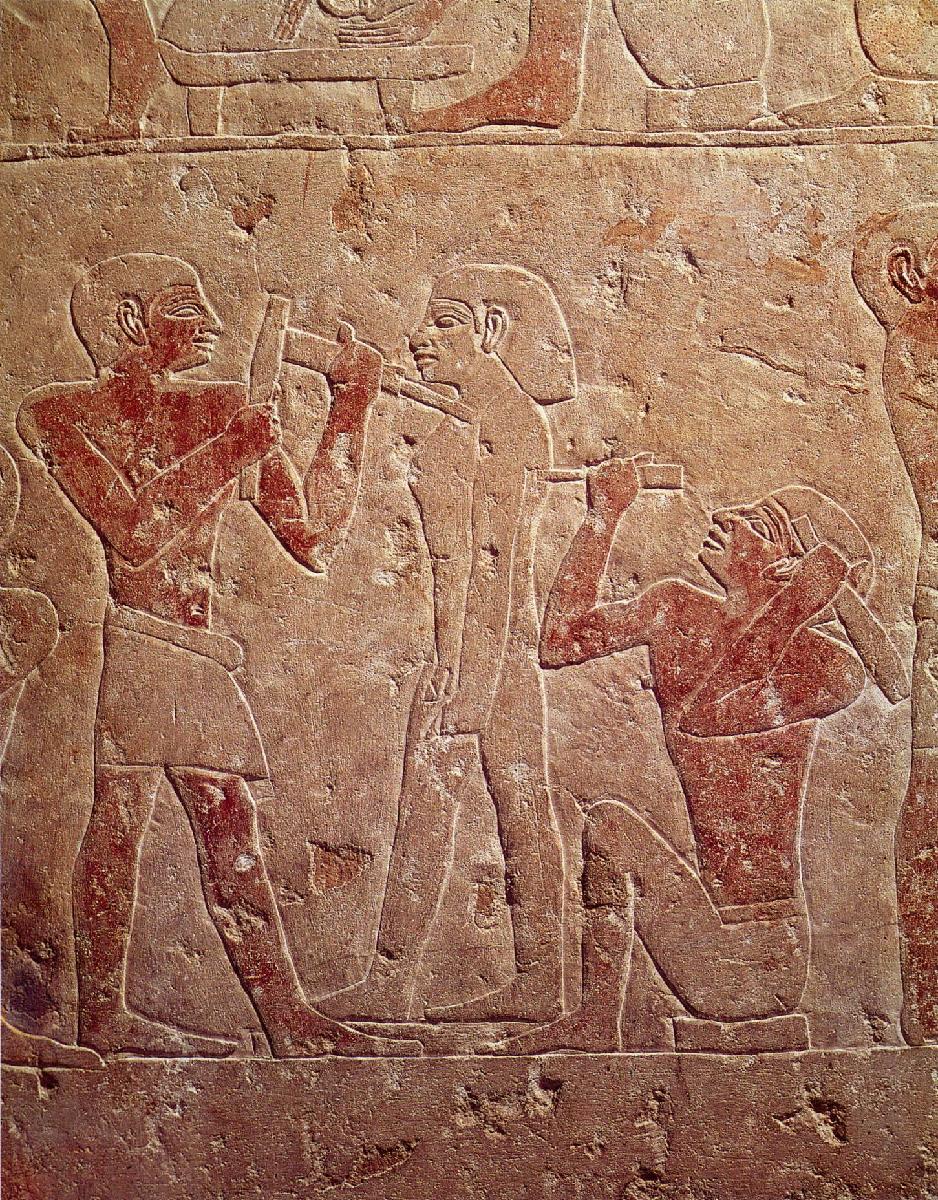
Two Sculptors Working
on a Statue – Saqqara (5th Dynasty: c. 2510-2460 BC) painted stone
relief
Cairo, Egyptian Museum
 (2055 - 1650 BC) |
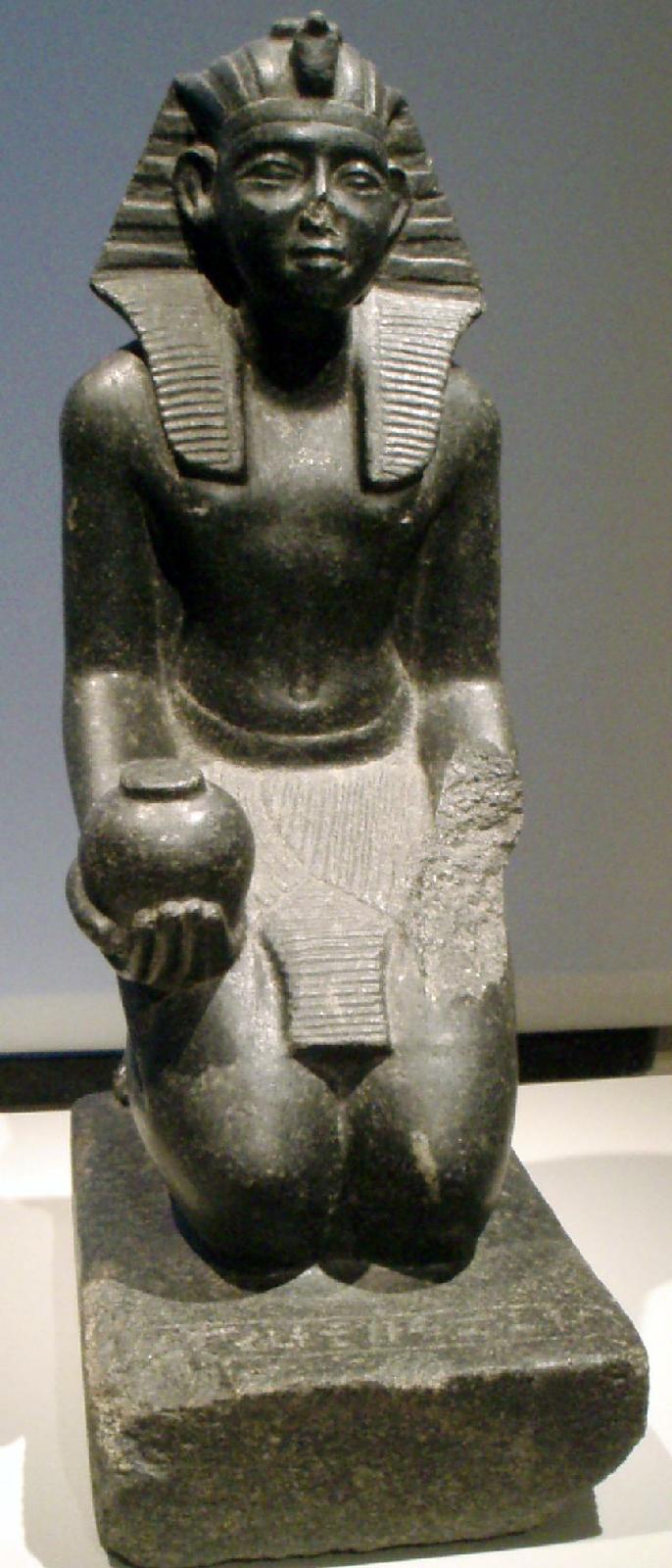
 (c. 1550 - 1070 BC) |
18th Dynasty (c. 1400 - 1350 BC)
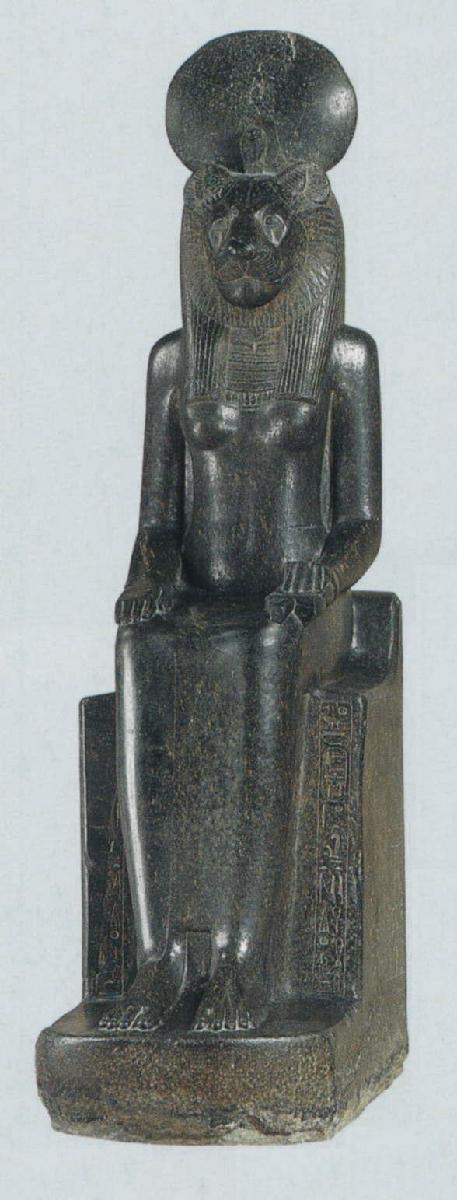
Goddess Hekhmet – 18th Dynasty
(c. 1450-1310) diorite
probably from the temple
of Mut, Karnak
Paris, Musée du Louvre
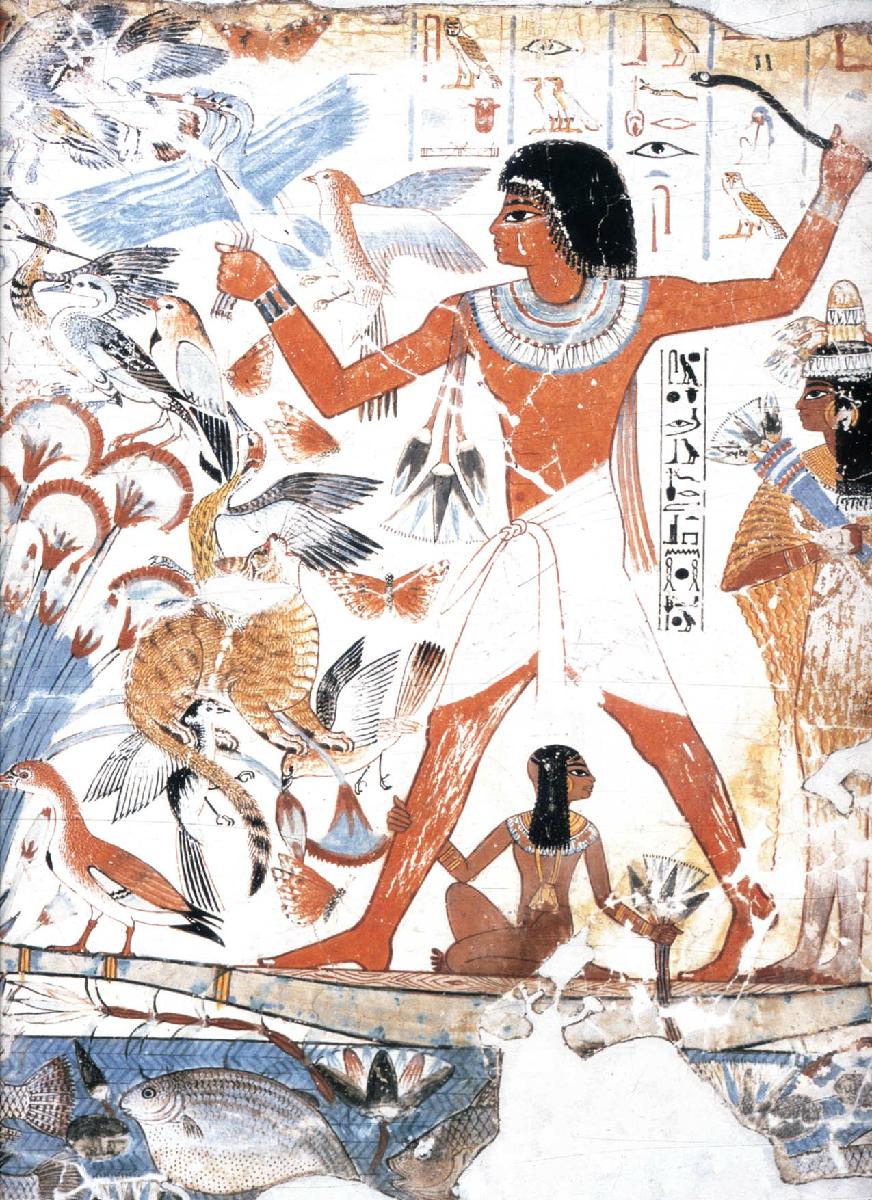
Nebamun Hunting Birds
– fragment of a wall painting from the tomb of Nebamun
Drah Abu el-Neggah, Valley
of the Nobles, Thebes-West
(18th Dynasty: c. 1400-1350
BC)
London, British Museum
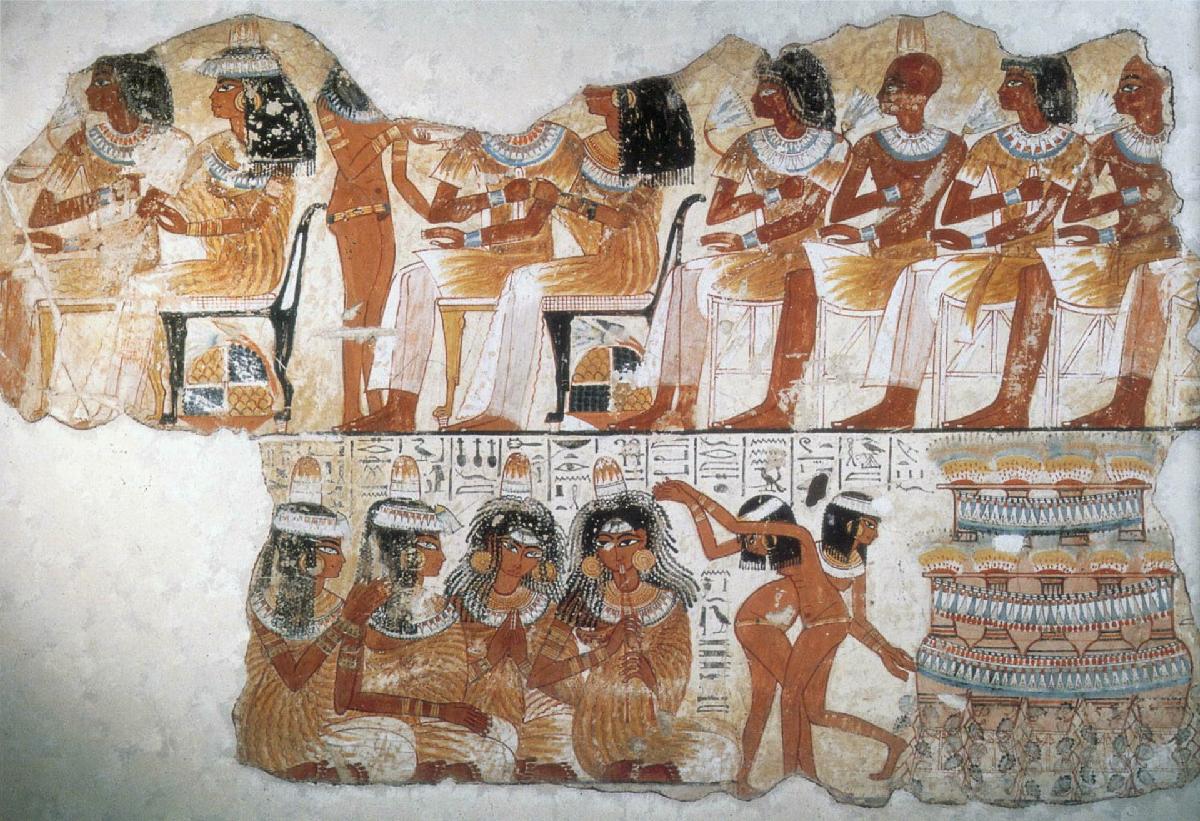
Banquet Scene – Fragment
of a wall painting from the tomb of Nebamun, Thebes
(18th Dynasty: c. 1400-1350
BC)
London, British Museum
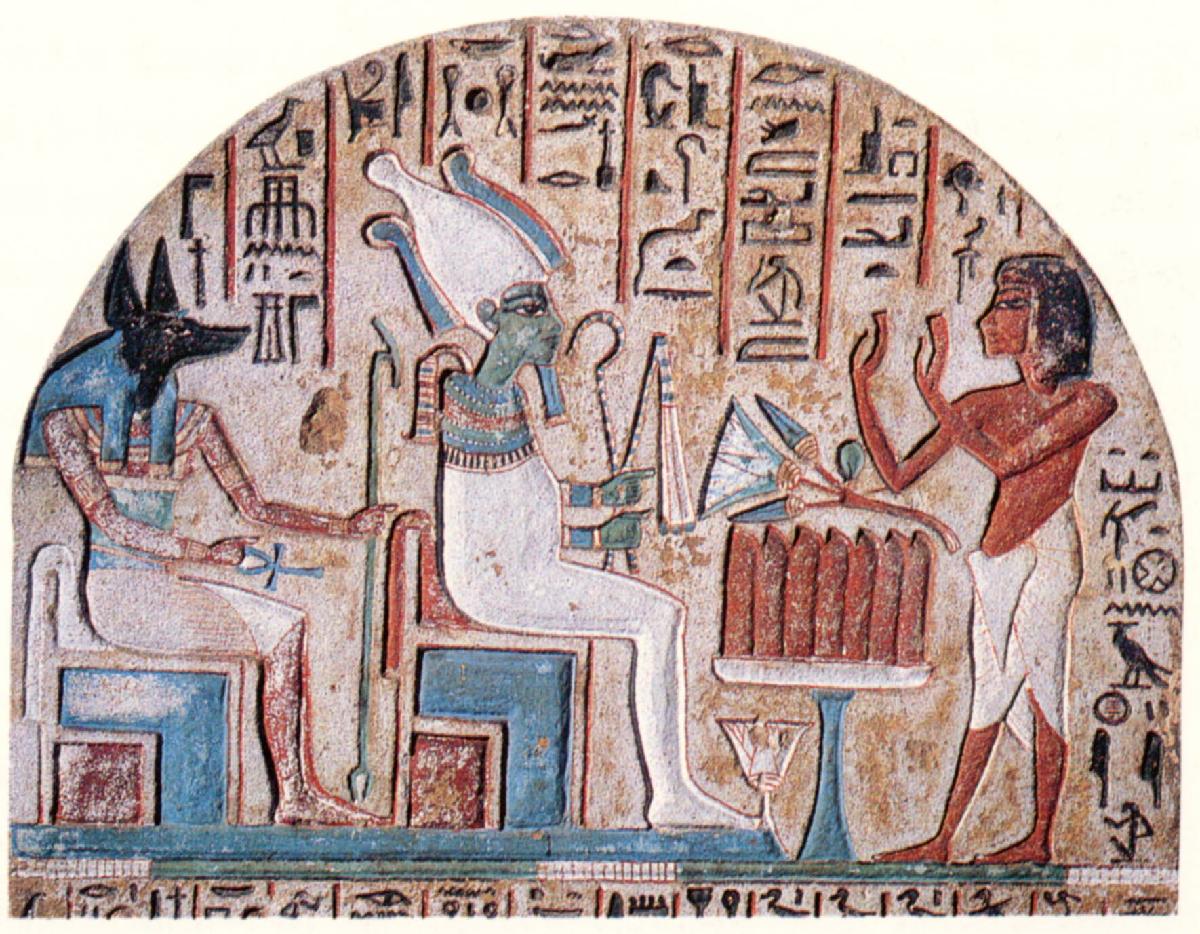
The Deceased Worshiping
the Gods Osiris and Anubis – detail of the Stele of Nanai
(18th Dynasty: c. 1400-1350
BC)
Turin, Museo Egizio
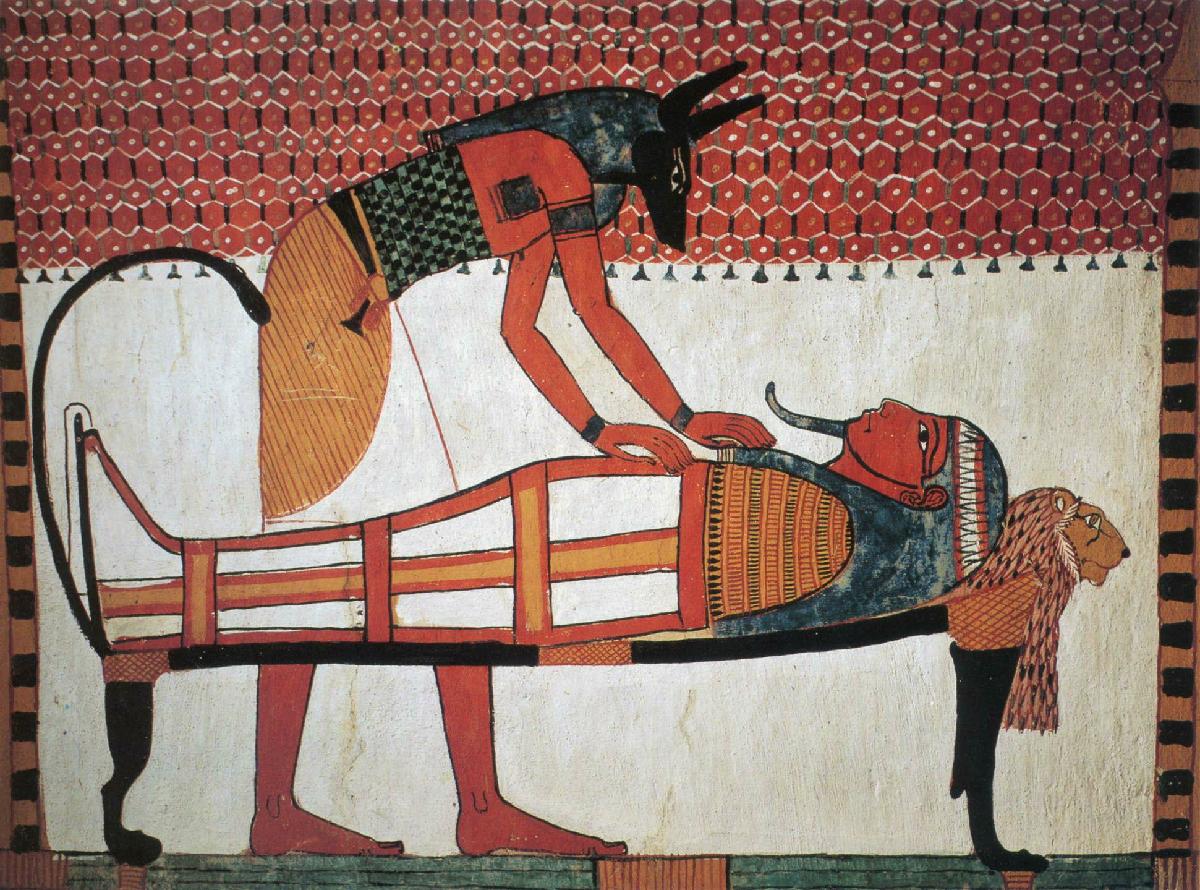
Anubis, God of the Dead,
Leaning over Sennutem's Mummy – tomb of Sennutem
in the cemetery of Deir
el Medina, Luxor -Thebes(c. 1400 - 1350 BC)
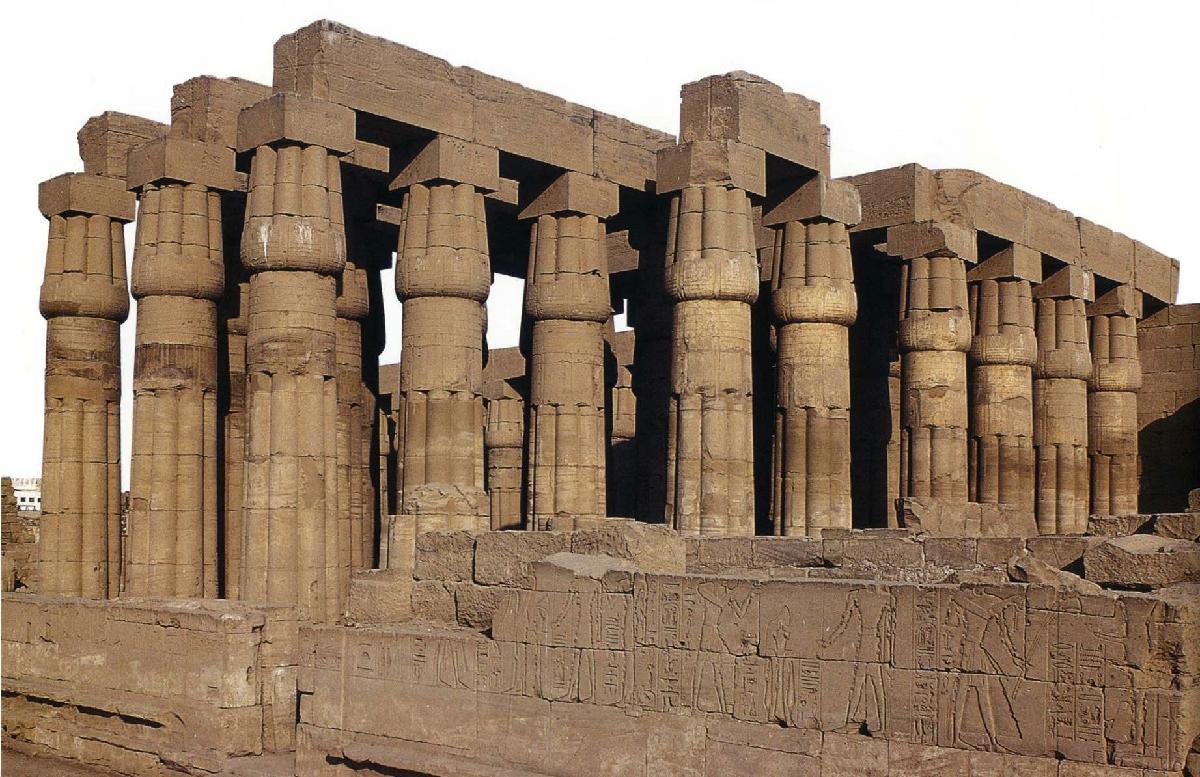
Temple of Amon, Luxor – 18th
Dynasty (c. 1340 BC)
(papyrus-shaped columns
of the peristyle court of Amenhotep III)
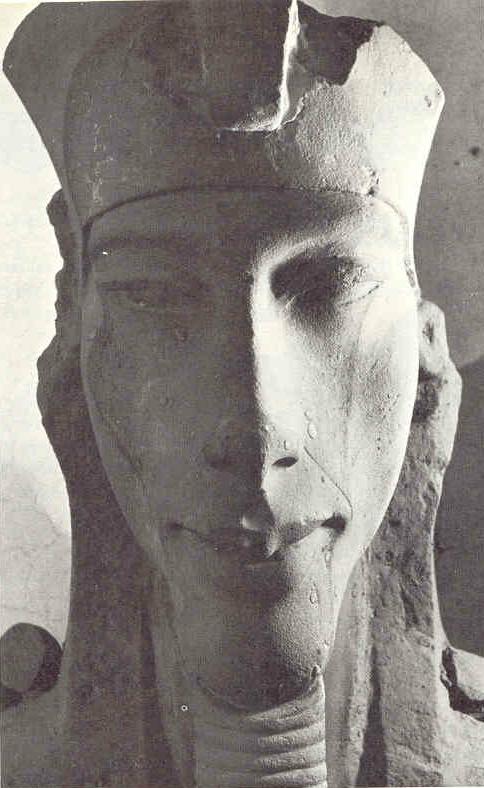
Akhenaton (Amenhotep IV)
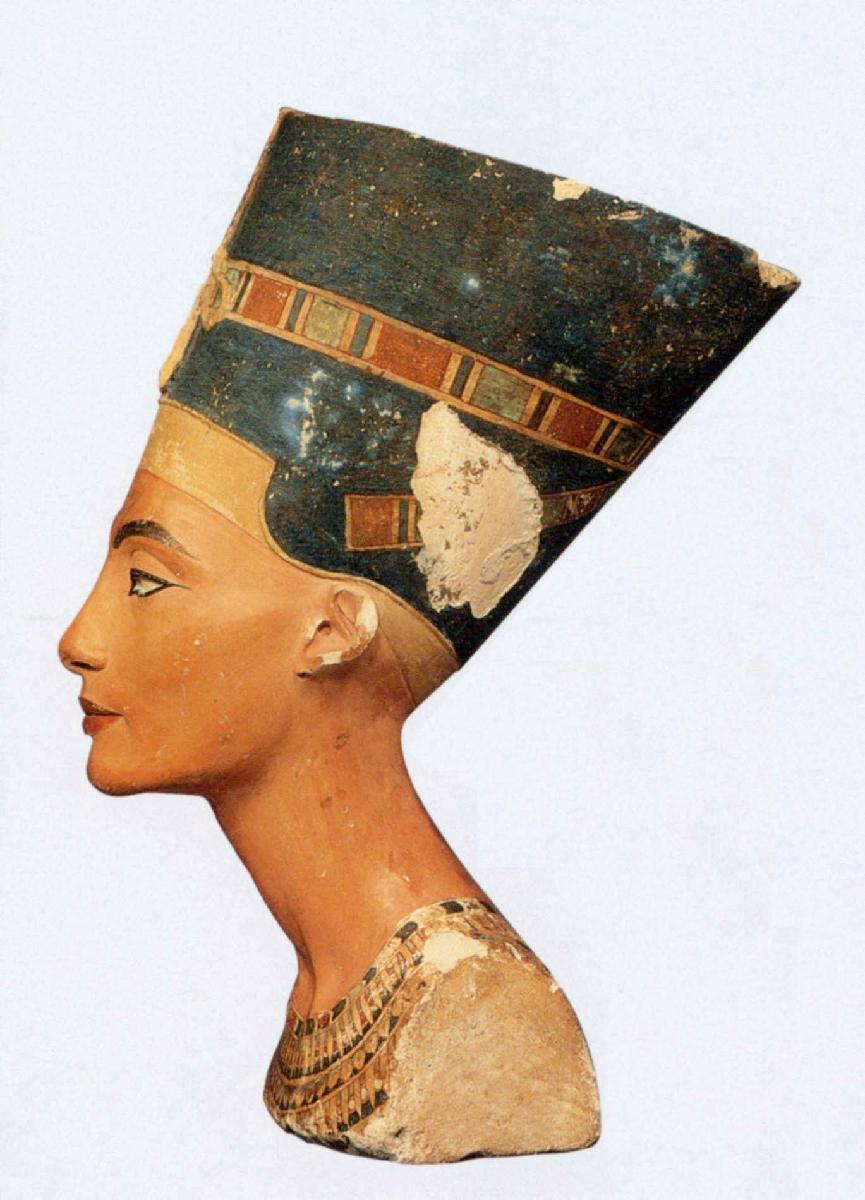
Head of Nefertiti – 18th
Dynasty (c. 1450-1310 BC) limestone
Berlin, Ägyptisches
Museum
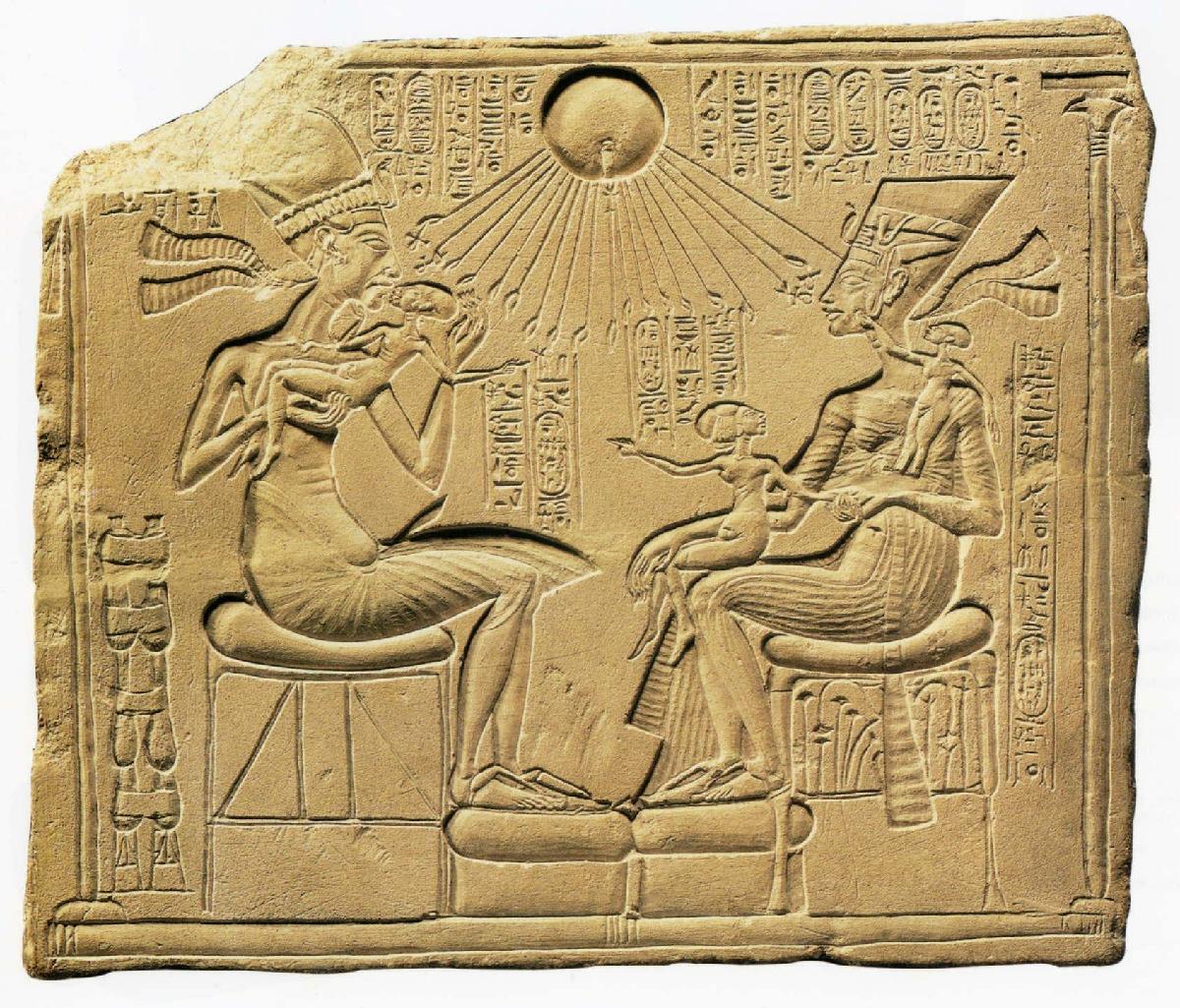
Amenhotep IV, Nefertiti and
three of their daughters – 18th Dynasty (c. 1340 BC)
domestic altar from a house
in Amarna
Berlin, Ägyptisches
Museum
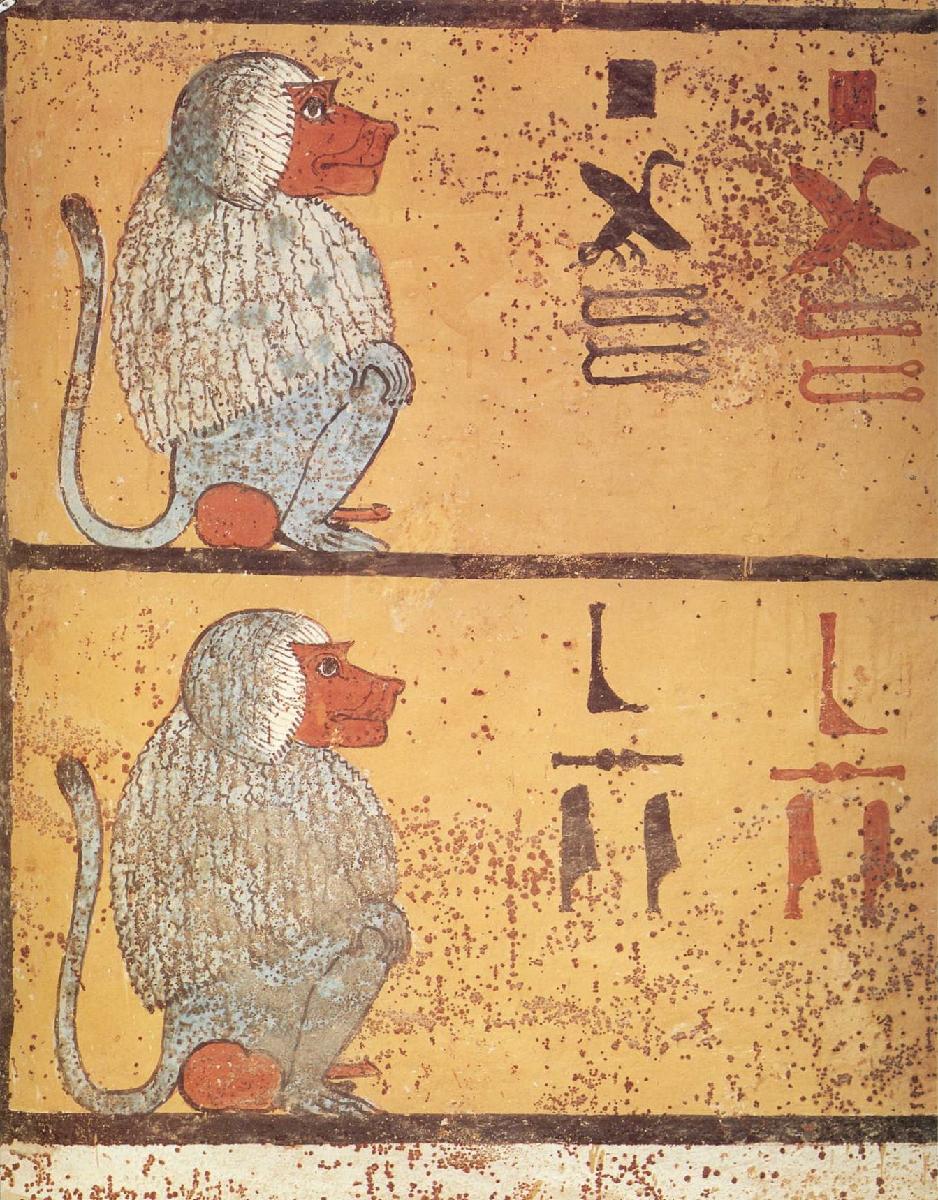
Two Sacred Baboons
– wall painting from the tomb of Tutankhamen, Valley of the Kings
(c. 1400-1350 BC)
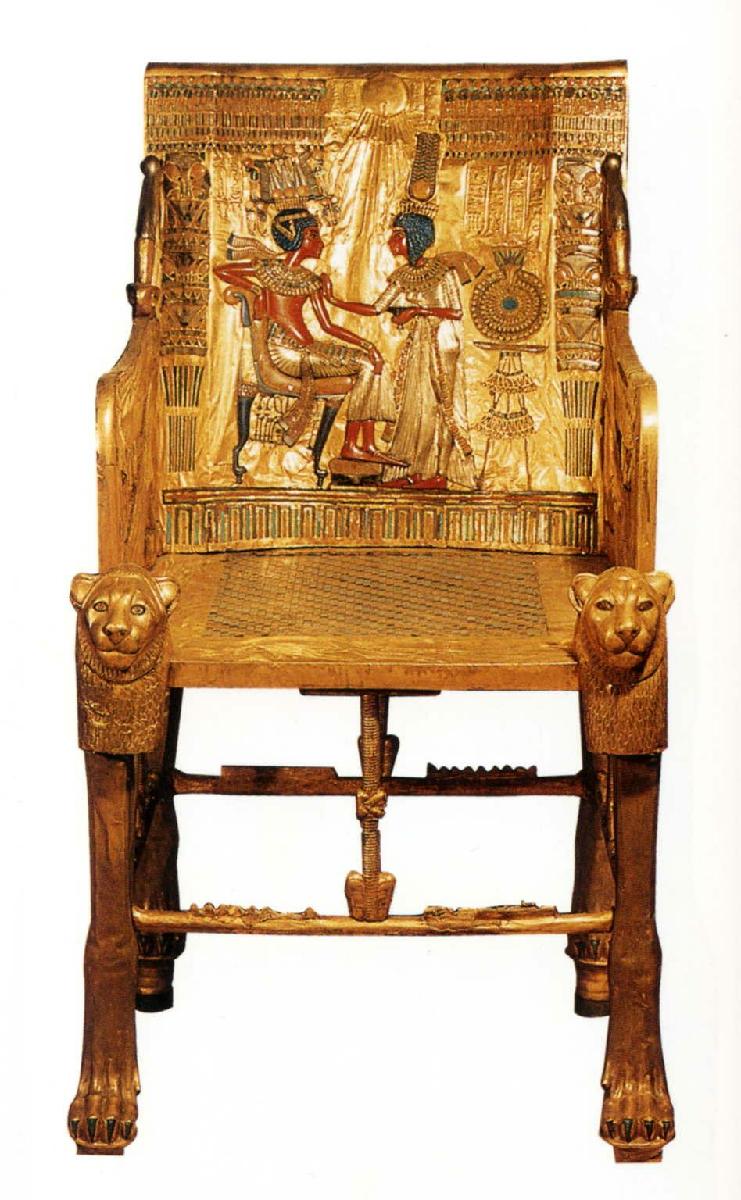
Throne of Tutenkhamen (Ankhesenamen
oils the body of her spouse) – 18th Dynasty (c. 1326 BC)
wood covered in gold leaf
– from the tomb of Tutankhamen, Valley of the Kings, Thebes
Cairo, Egyptian Museum
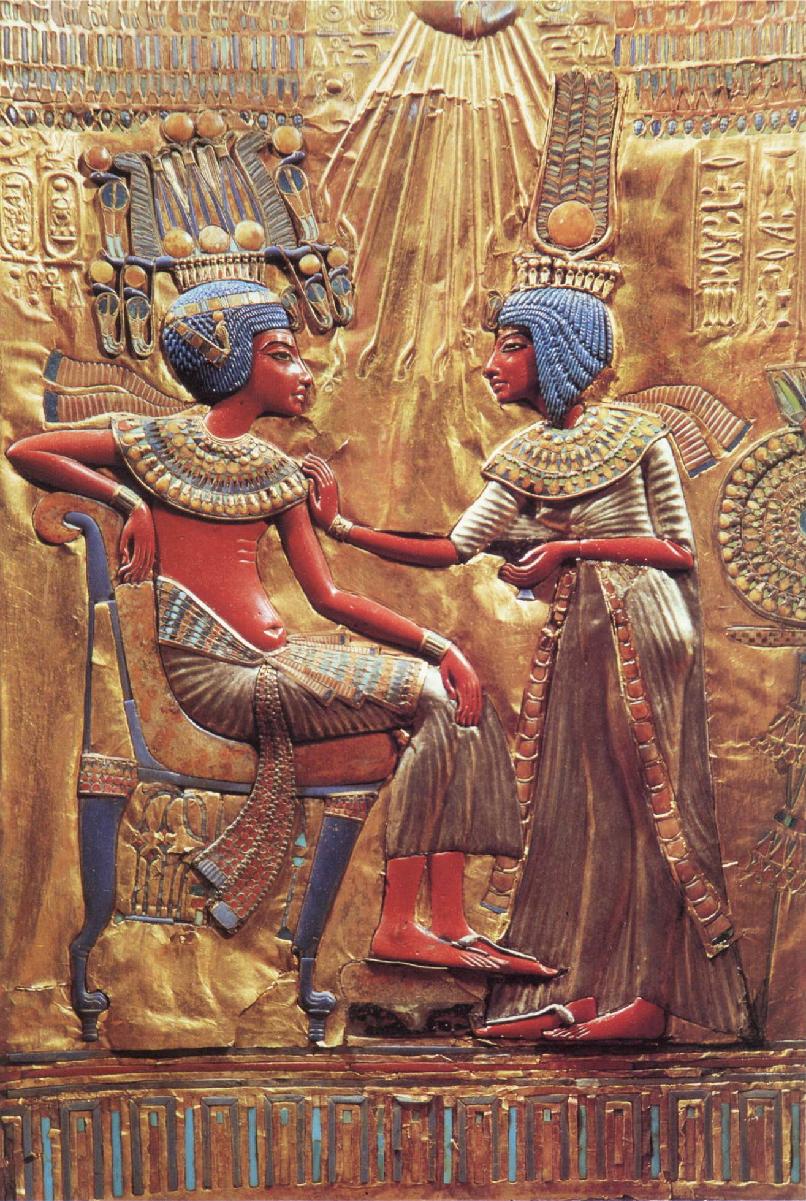
Tutankhamen with His Queen
Ankhesenamen – detail on the back of the throne of King Tutankhamen,
from the tomb of Tutenkhamen,
Valley of the Kings (c. 1355-1342 BC) carved wood covered with gold
and inlaid with faience,
glass paste, semiprecious stones and silver
Cairo, Egyptian Museum
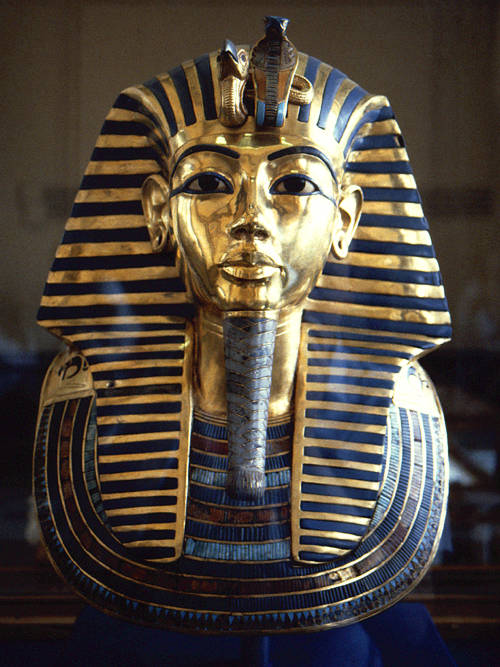
Golden funeral mask of king
Tutankhamun
Cairo, Egyptian Museum
19th Dynasty (1310-1200 BC)
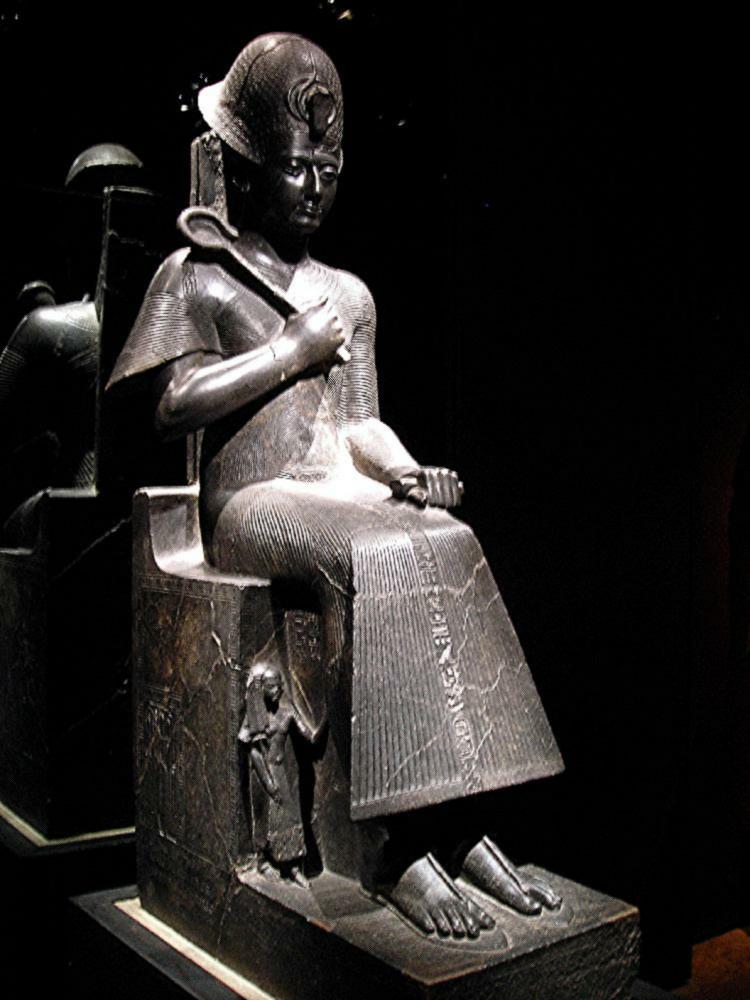
Ramesses II son of Seti I
Egyptian Museum (Museo Egizio) of Turin - Italy
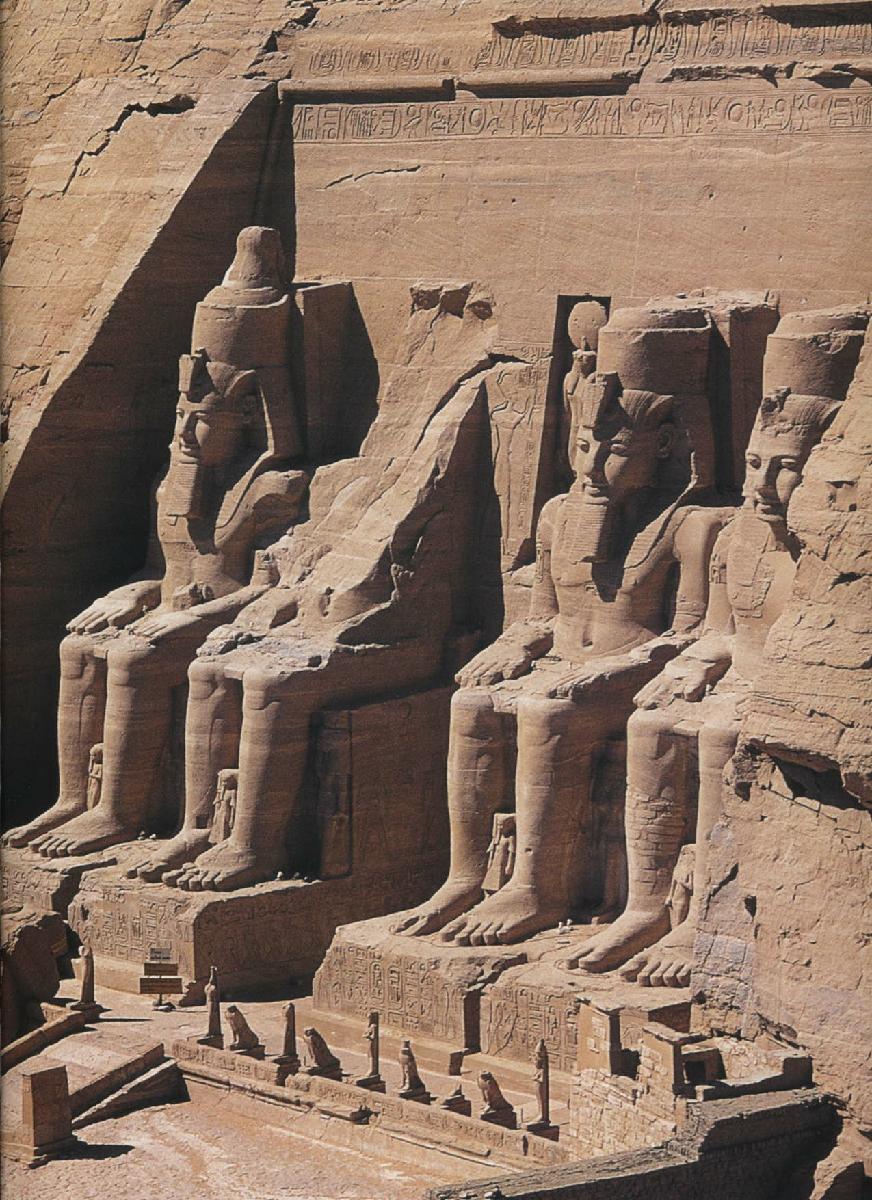
Temple of Ramses II – 19th Dynasty (c. 1240 BC) sandstone – Abu Simbel
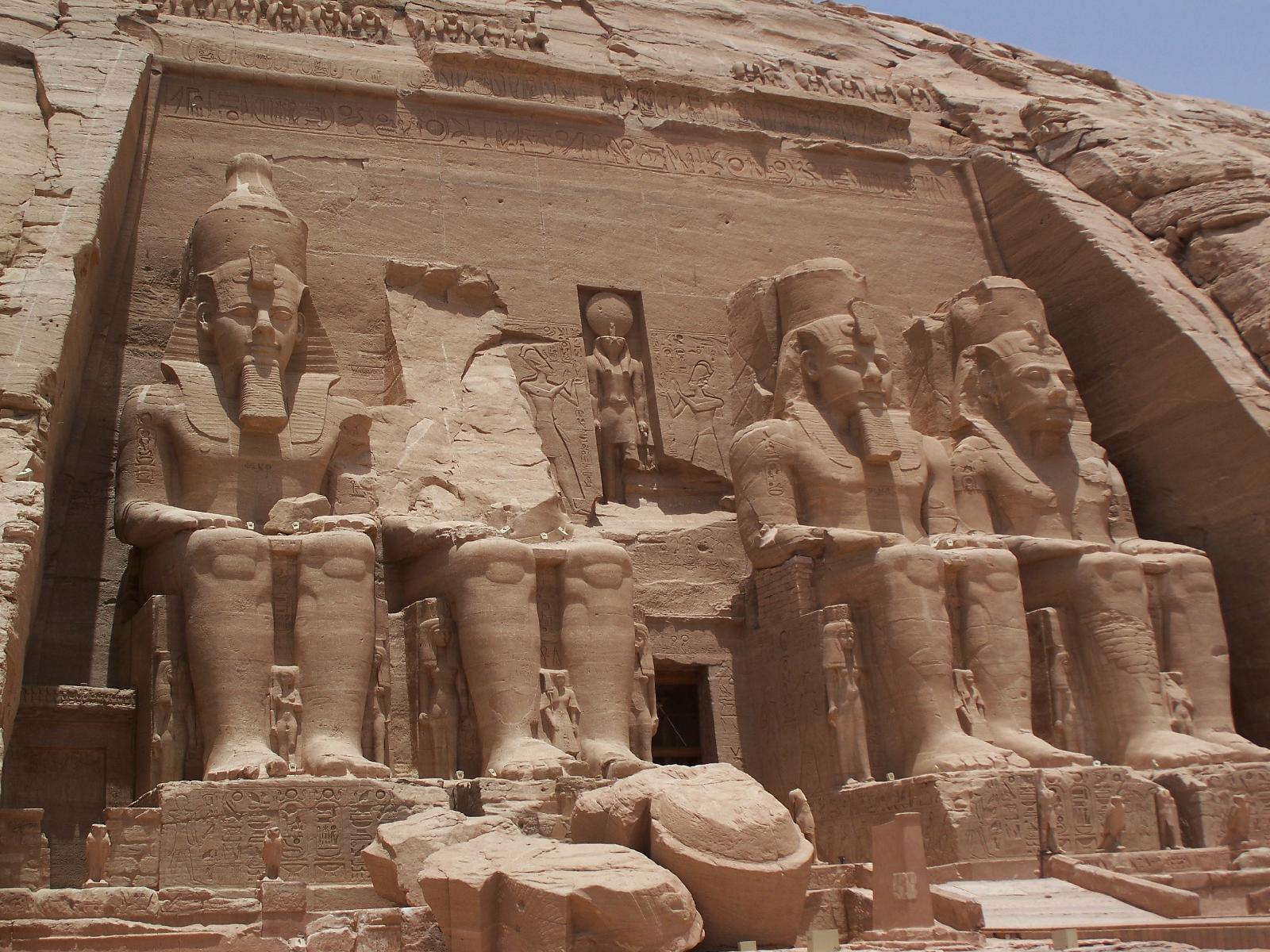
Temple of Ramses II – 19th Dynasty (c. 1240 BC) sandstone – Abu Simbel
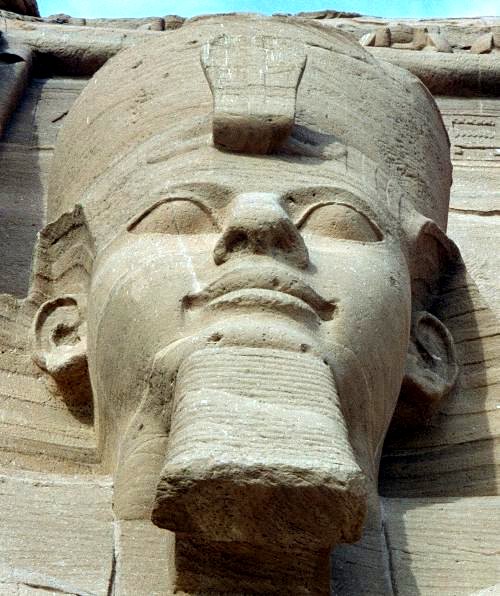
Ramesses II: one of four external seated statues at Abu Simbel
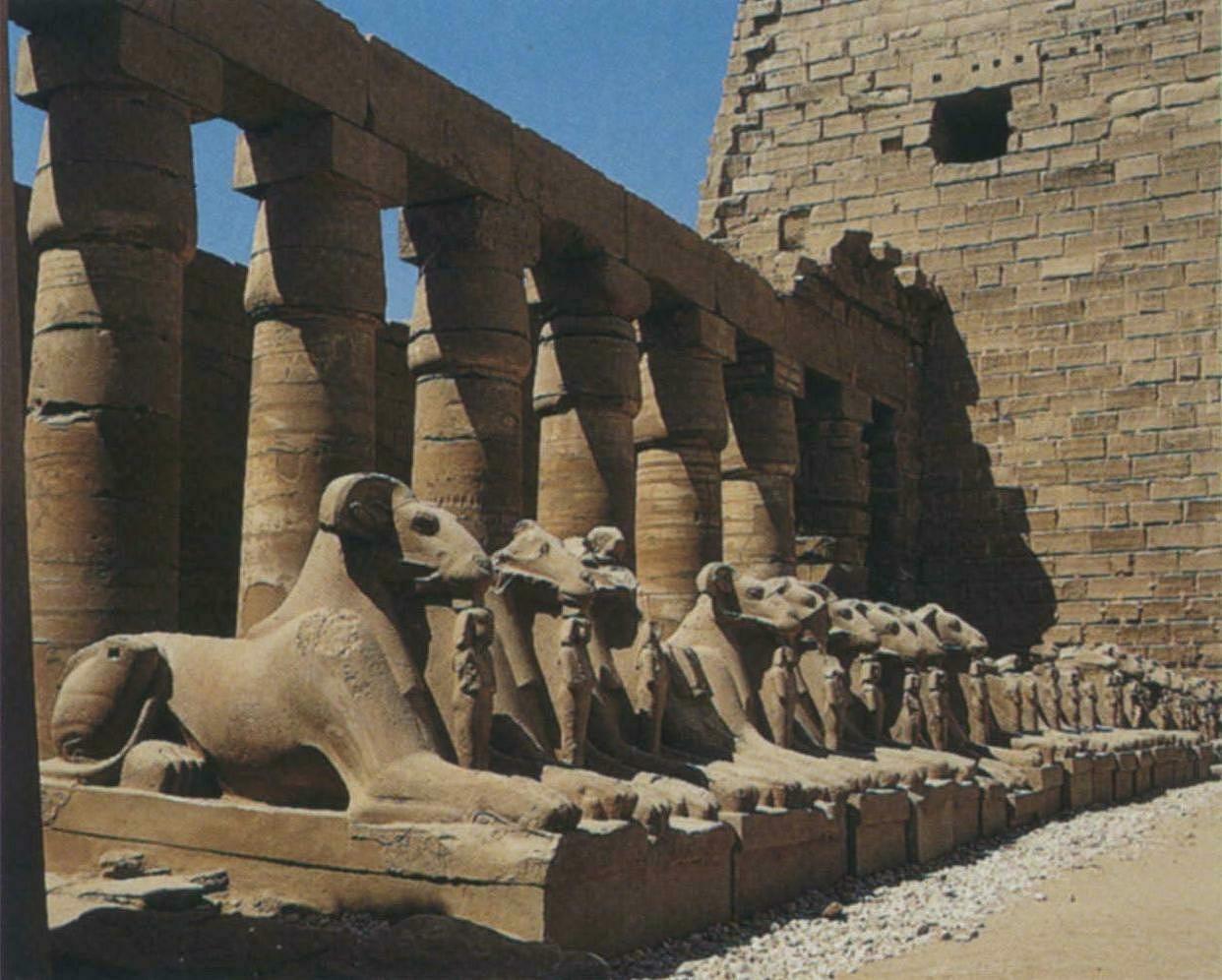
Alley of sphinxes with rams' heads, Temple of Amon-Ra, Karnak – 19th dynasty (c. 1310-1200) sandstone
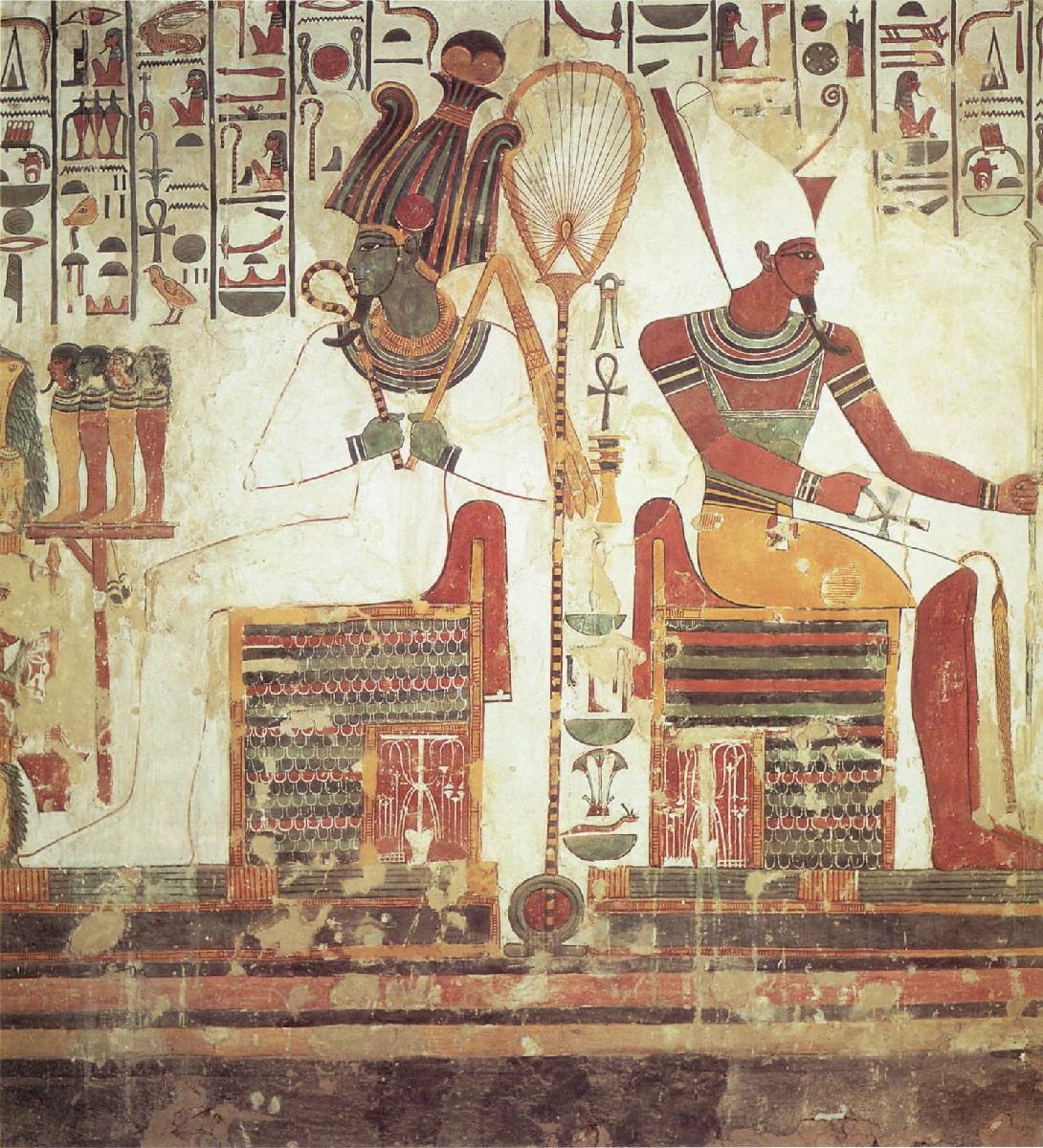
The gods Atum and Osiris
– wall painting from the tomb of Nefertari (wife of Ramesses II)
(19th Dynasty: 1200s BC)
Valley of the Queens, near Deir el-Bahri
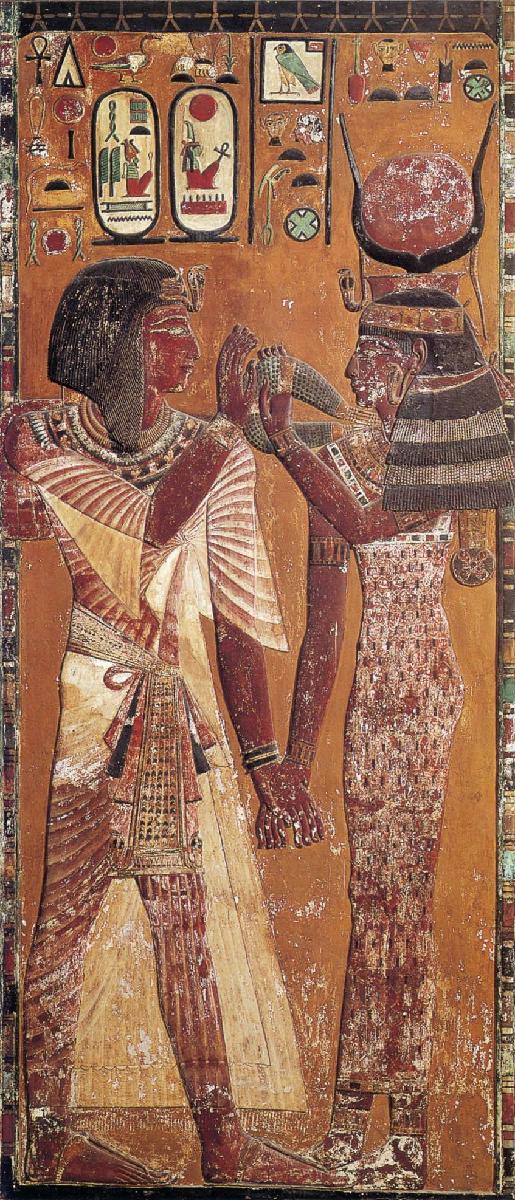
Pharaoh Sety I and the
goddess Hathor (19th Dynasty: 1200s BC) painted relief
Florence, Museo Archeològico
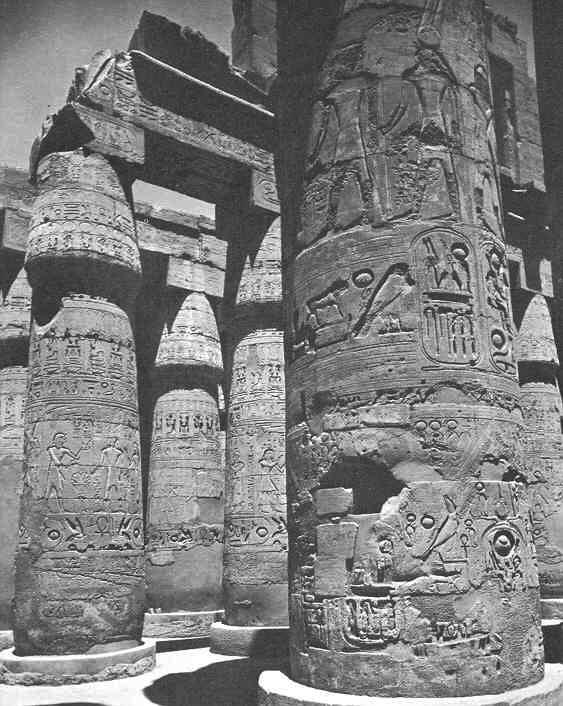
Karnak - Egypt
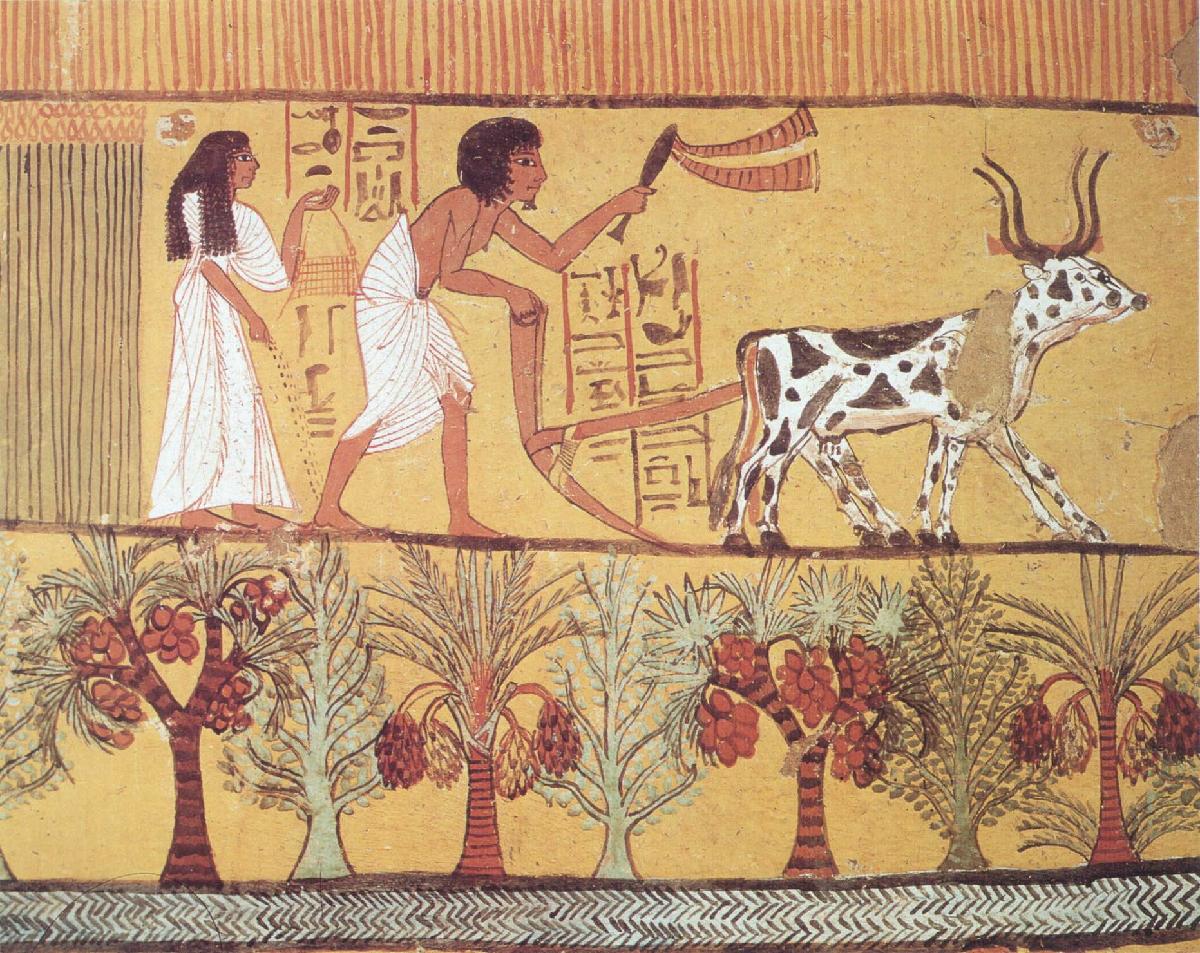
Sowing and Plowing in the Fields – Tomb of Sennedjem, Thebes (19th Dynasty: 1200s BC)
20th Dynasty (1200-1080 BC)
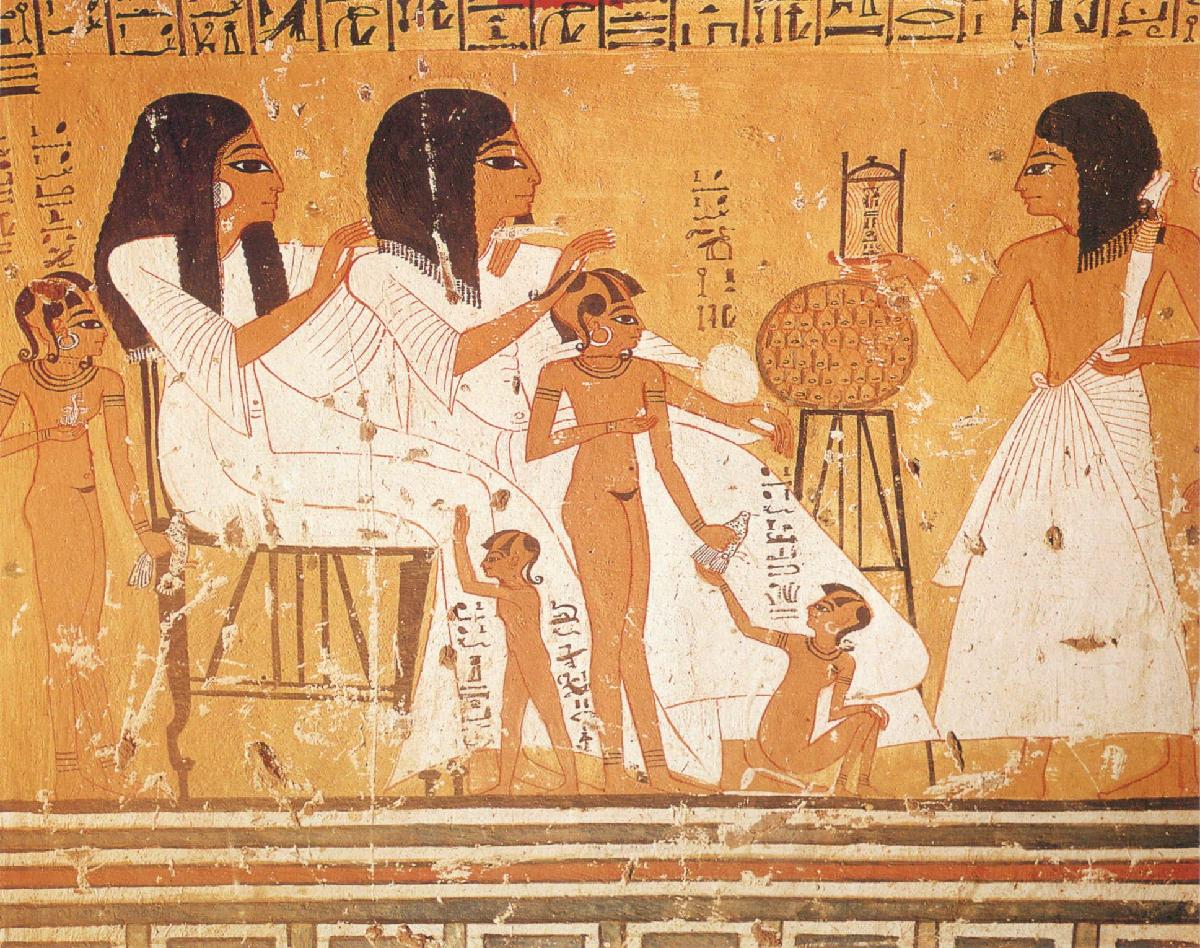
Anhour Khaou, Chief Builder
at Thebes, Seated with His Wife and Grandchildren
wall painting from the tomb
of Anhour Khaou, Thebes (20th Dynasty: 1200-1080 BC)
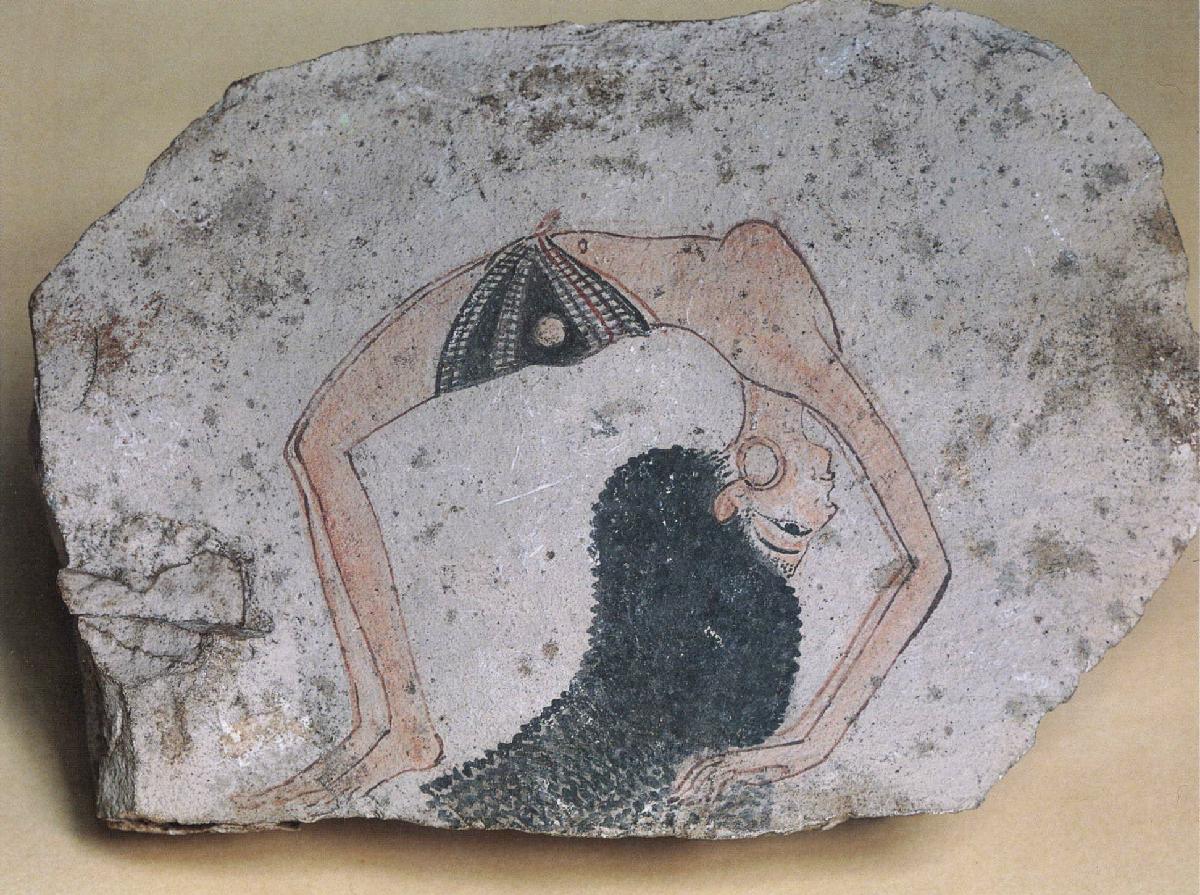
Acrobat – (20th Dynasty:
c. 1180 BC) limestone ostracon
Turin, Museo Egizio
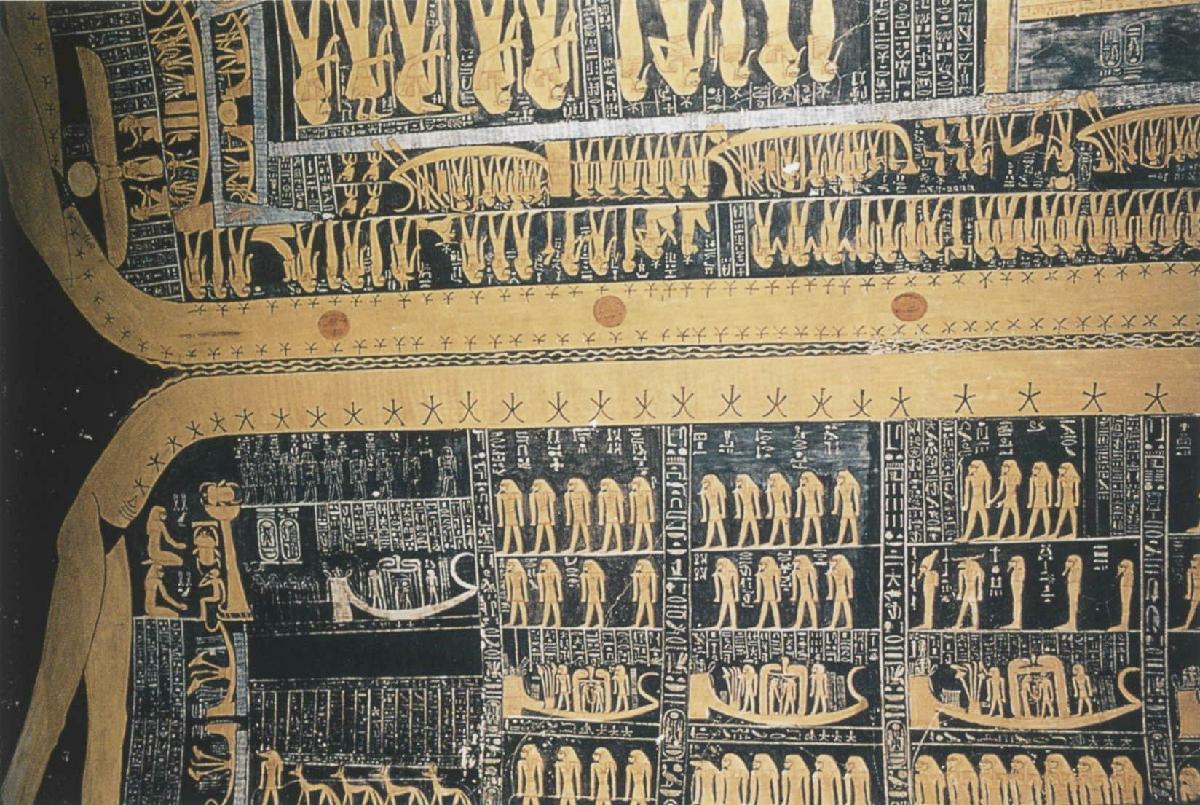
Ceiling detail, hypogeum
of Ramses IV – 20th Dynasty (c. 1140 BC) Valley of the Kings, Thebes-West
(two buttressing goddesses
representing the night sky and the daytime sky respectively)
 (664 - 323 BC) |
26th Dynasty (c. 650-525 BC)
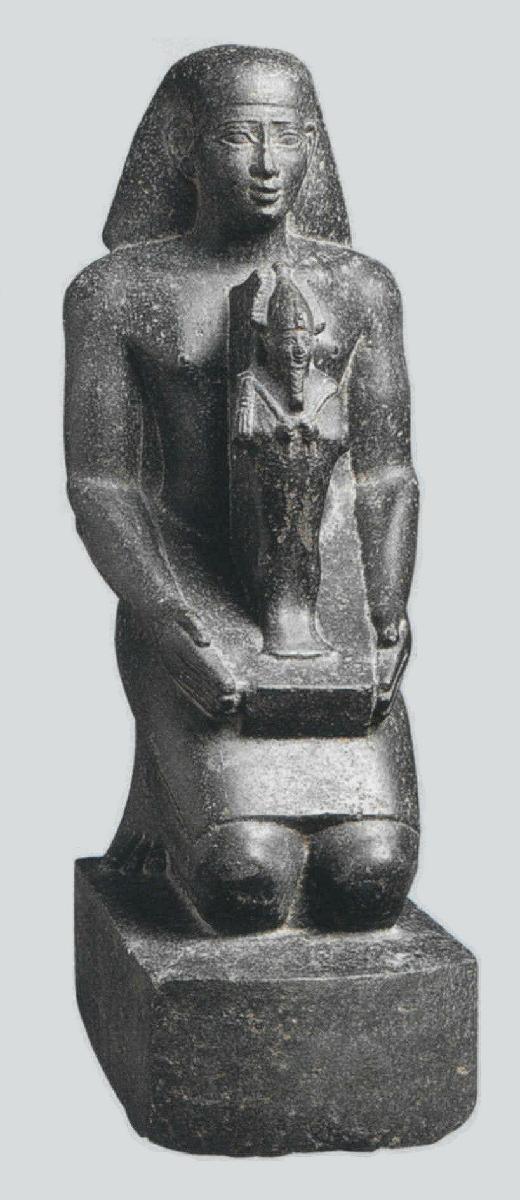
Pharaoh Psamtik II presenting
Osiris – 26th Dynasty (c. 650-525 BC) diorite
Paris, Musée du Louvre
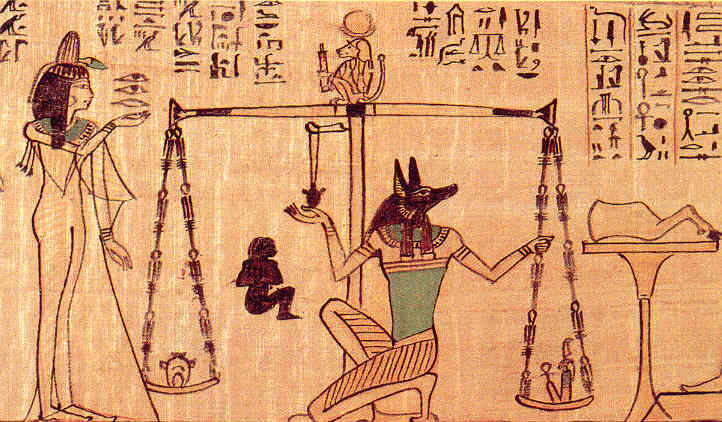
The god Anubis weighing a
woman's heart against a figure representing truth.
A selection from the papyrus
scroll Book of the Dead
Excavations of the Metropolitan
Museum of Art, 1929; Rogers Fund, 1930
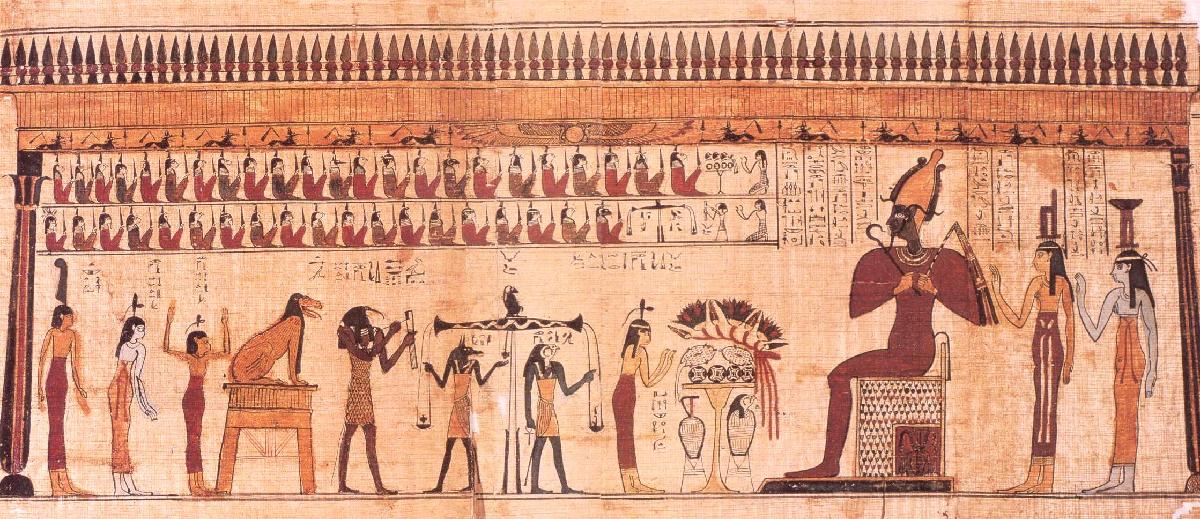
Judgment in the Other
World – Book of the Dead (c. 350 BC) papyrus
Berlin, Staatliche Museen,
Aegyptisches Museum
 (323 - 30 BC) |
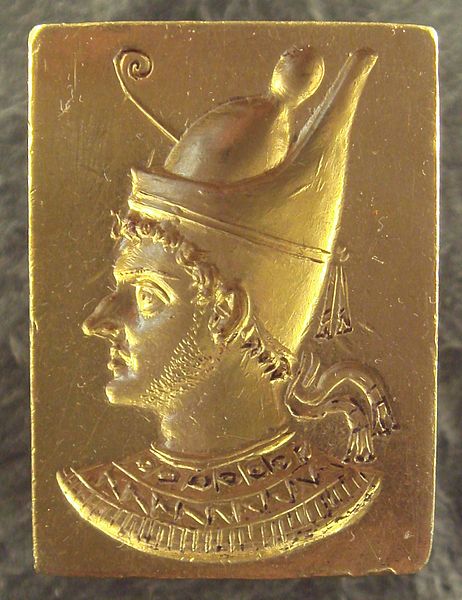
Ring with engraved portrait
of Ptolemy VI Philometor (3rd–2nd century BC)
Paris, Musée du Louvre
The Nile mosaic of Palestrina,
showing Ptolemaic Egypt (c. 100 BC)
Paris, Musée du Louvre
(click on picture for larger
resolution)
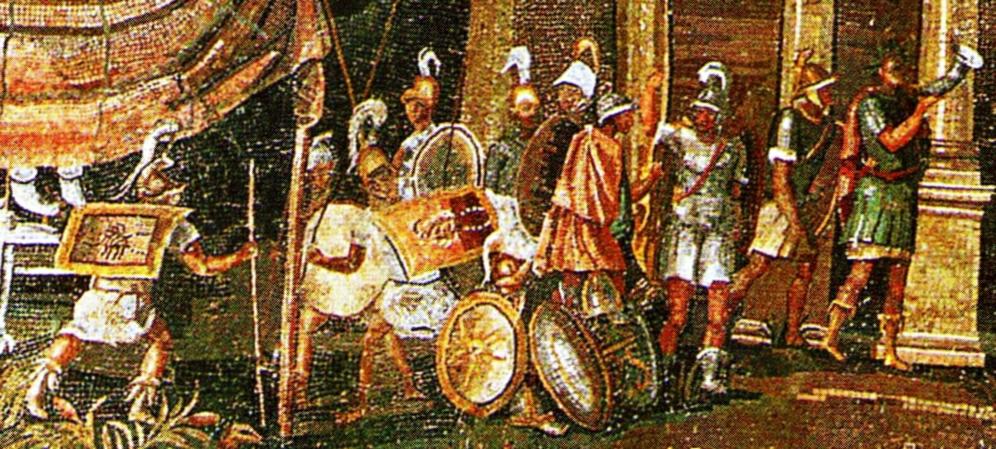
Hellenistic soldiers circa
100 BC - A detail of the Nile mosaic of Palestrina
Paris, Louvre Museum
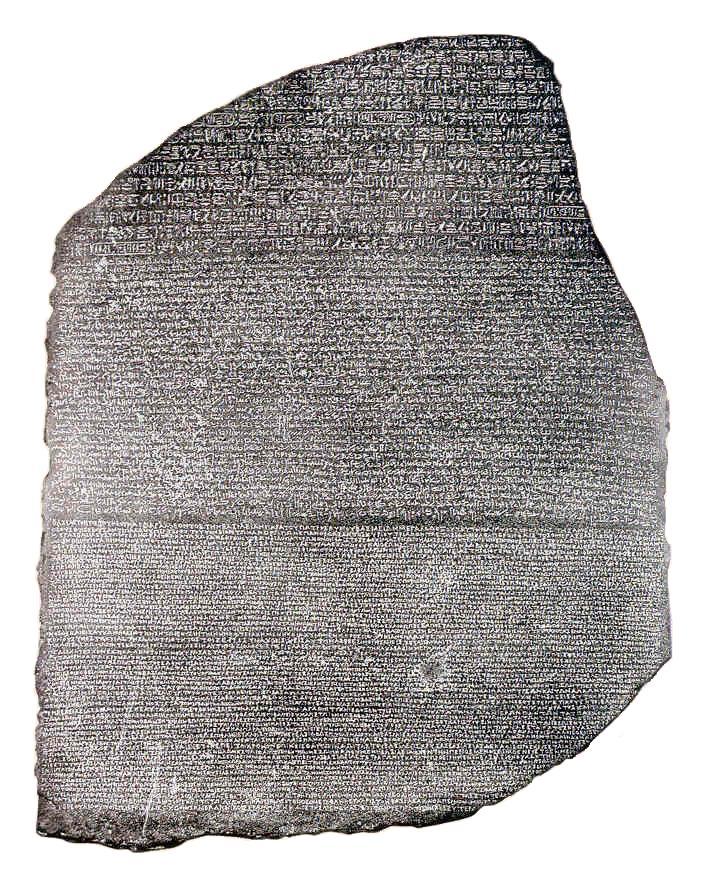
The Rosetta Stone and the
Unlocking of Hieroglyphics
London,
British Museum